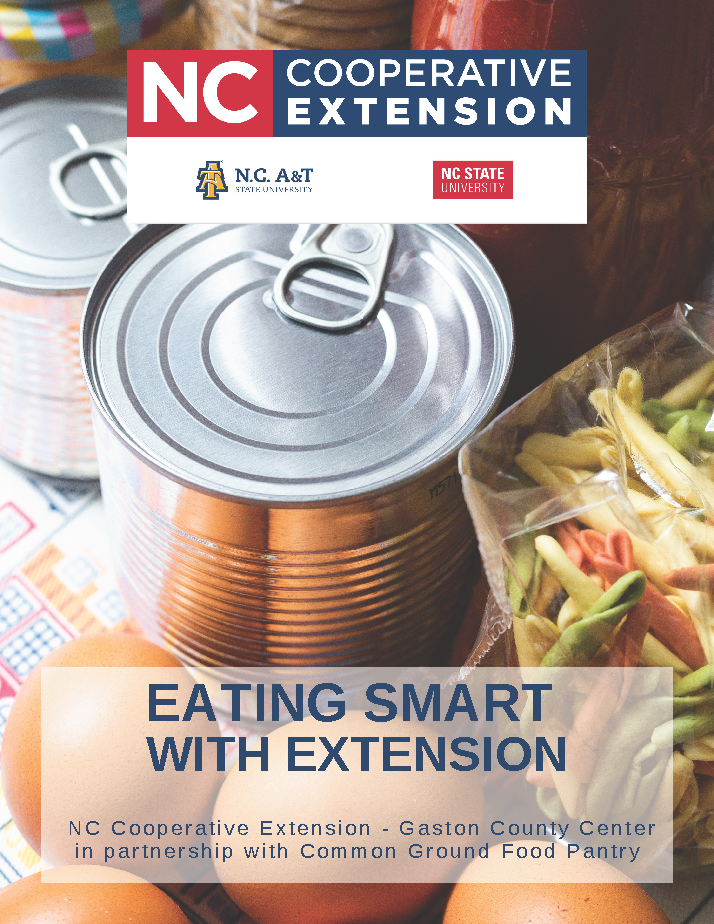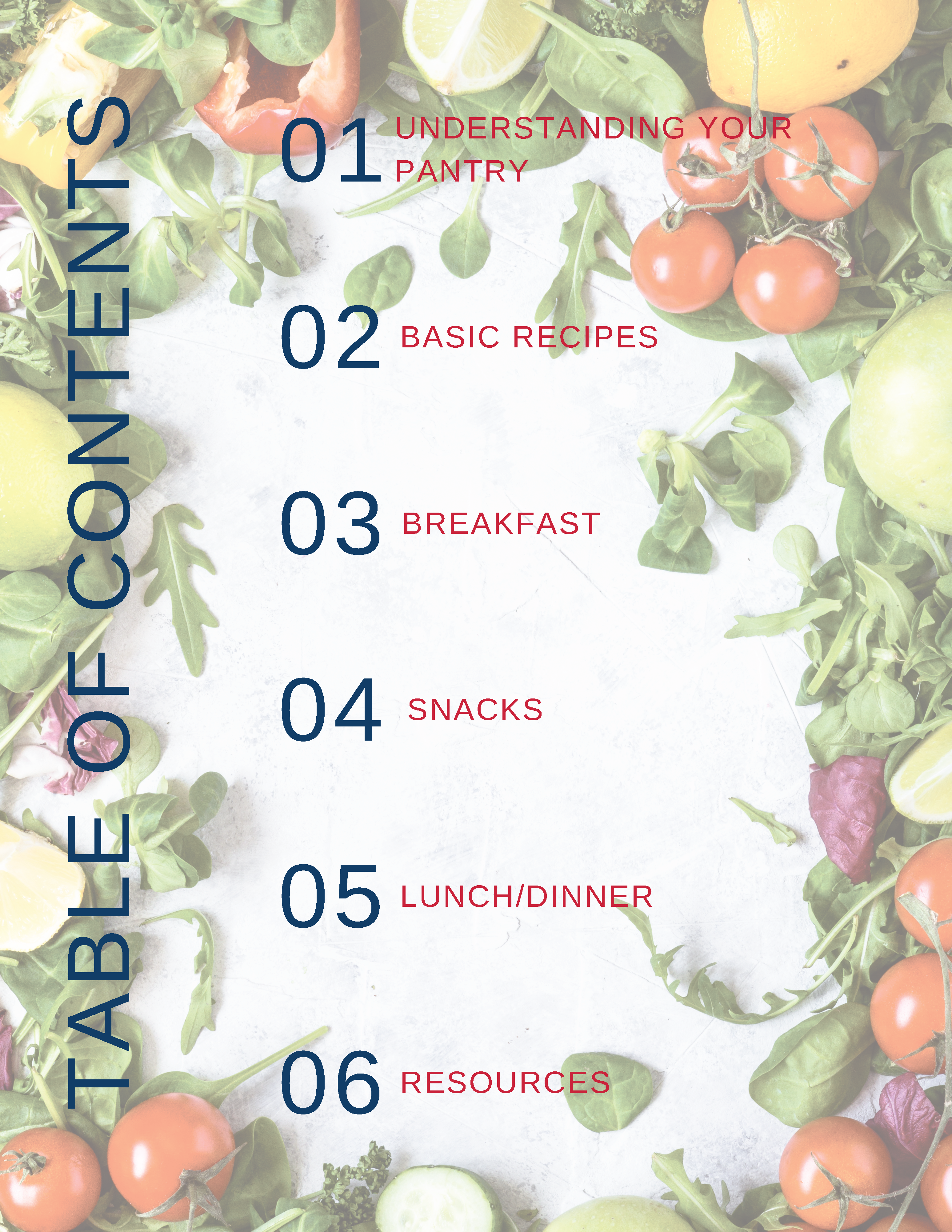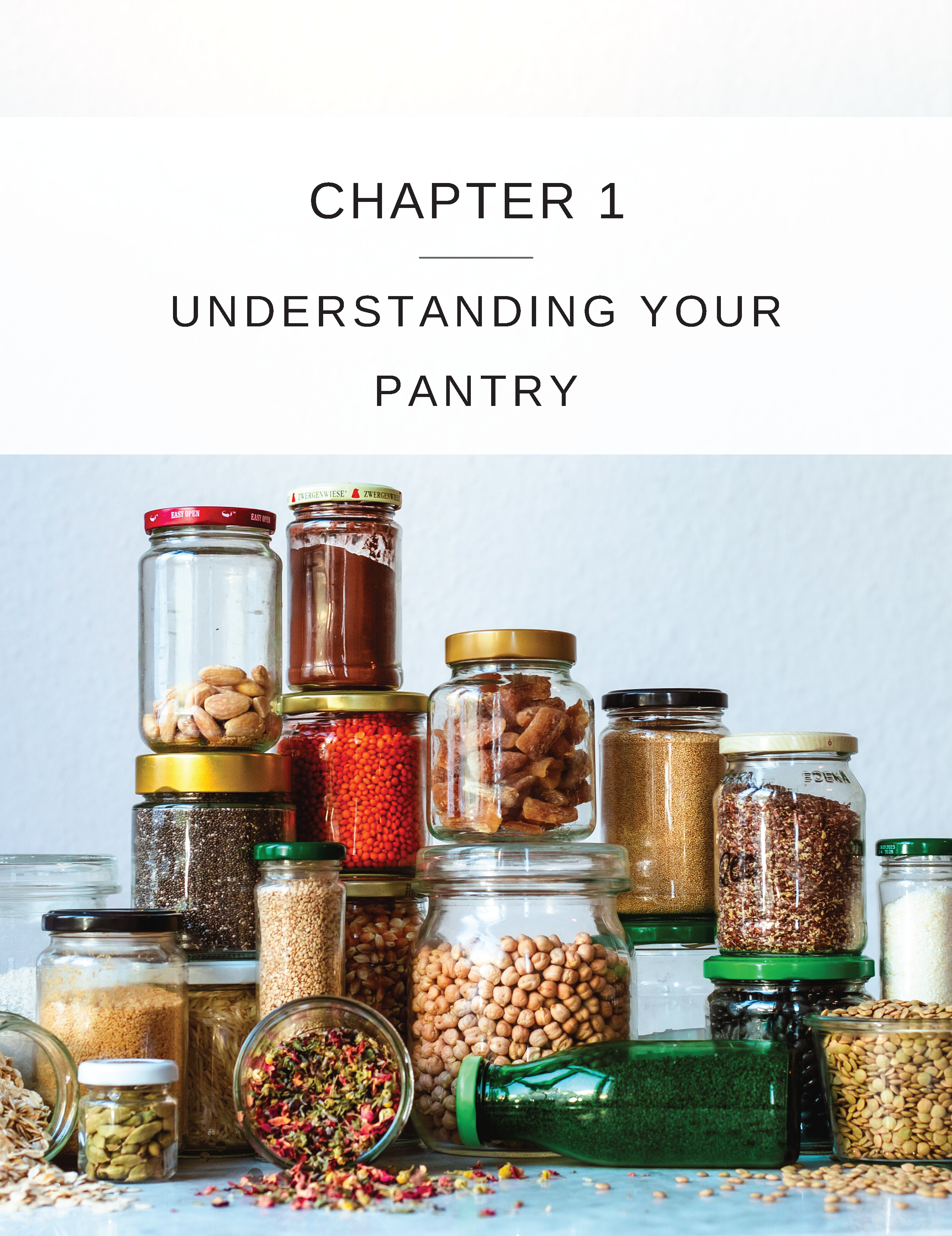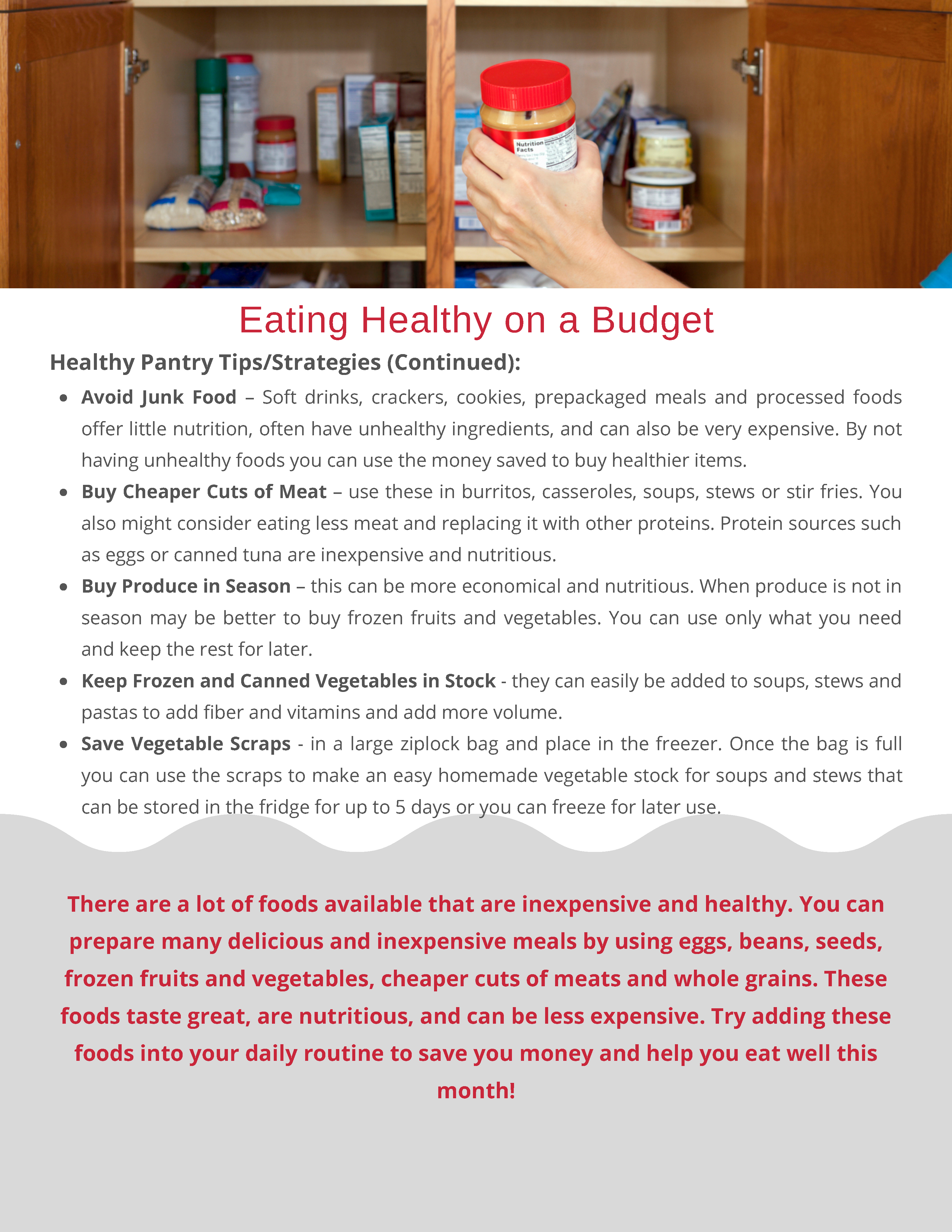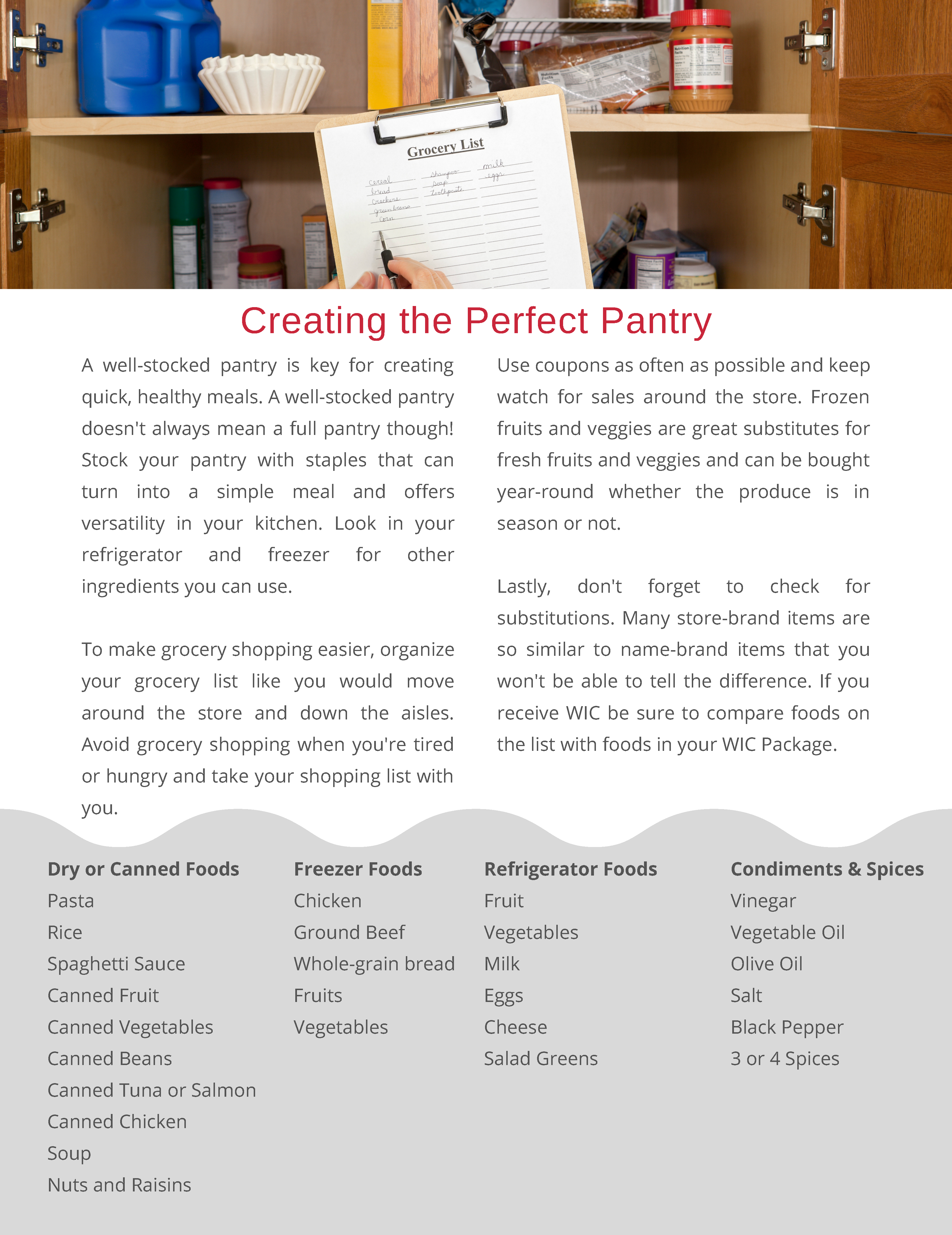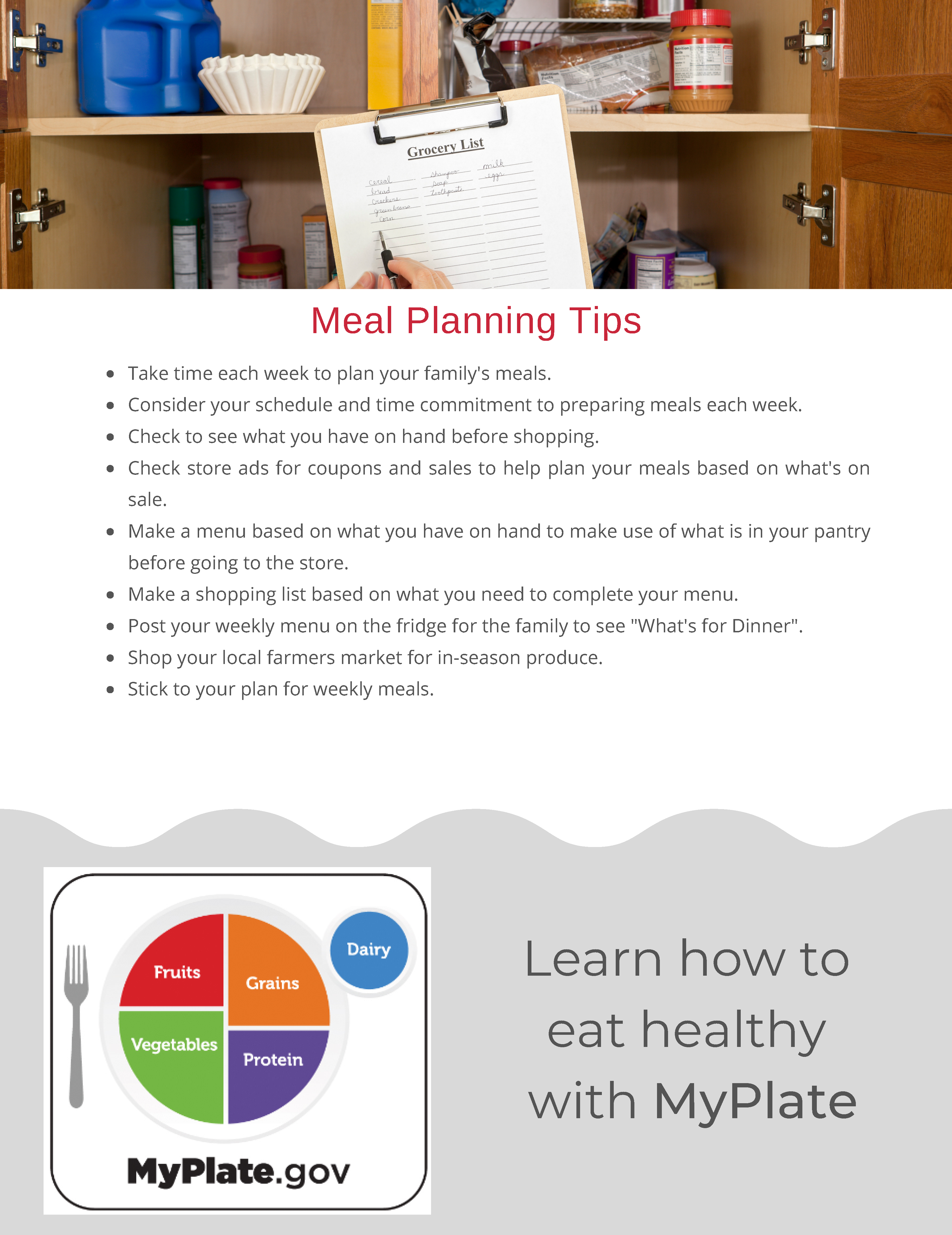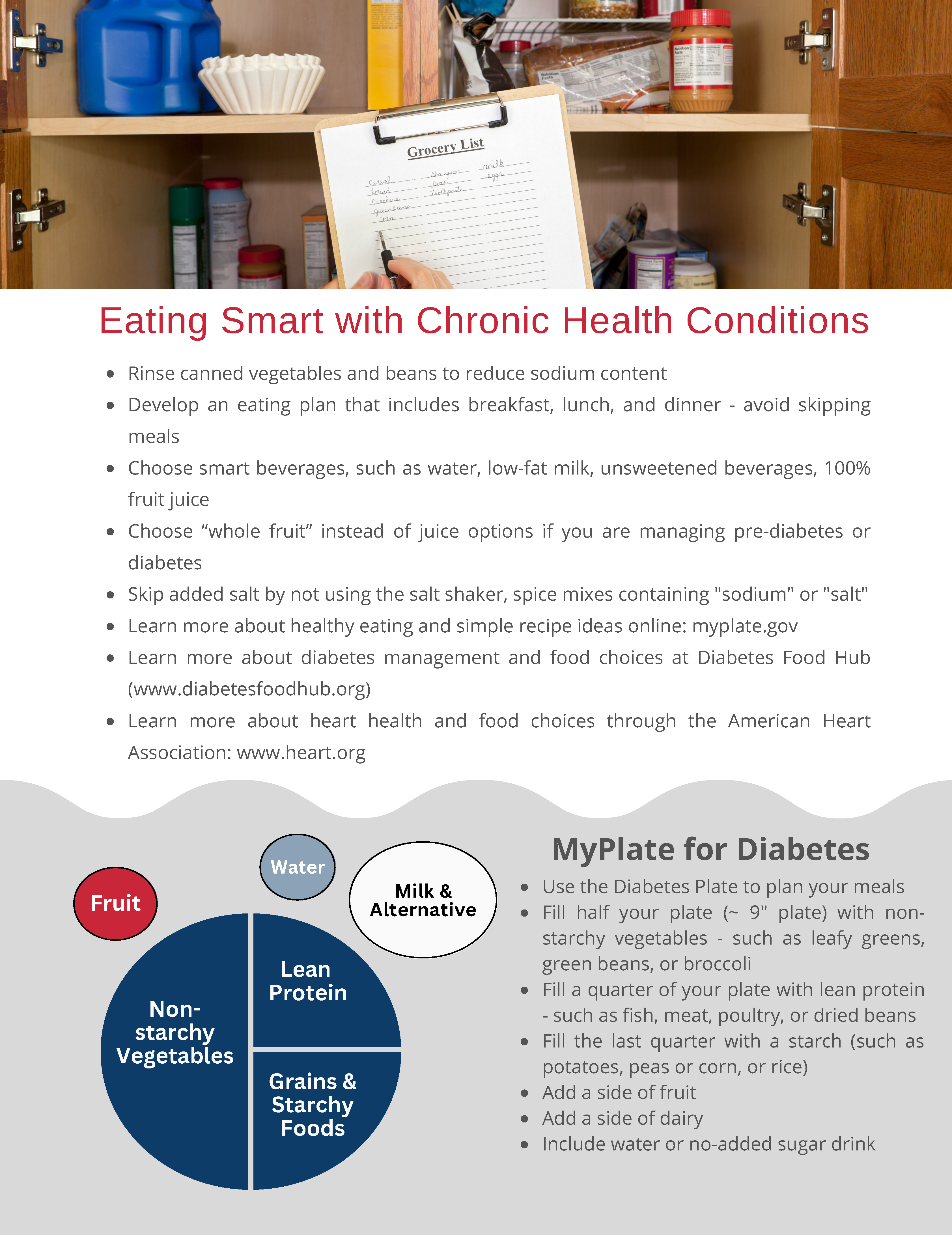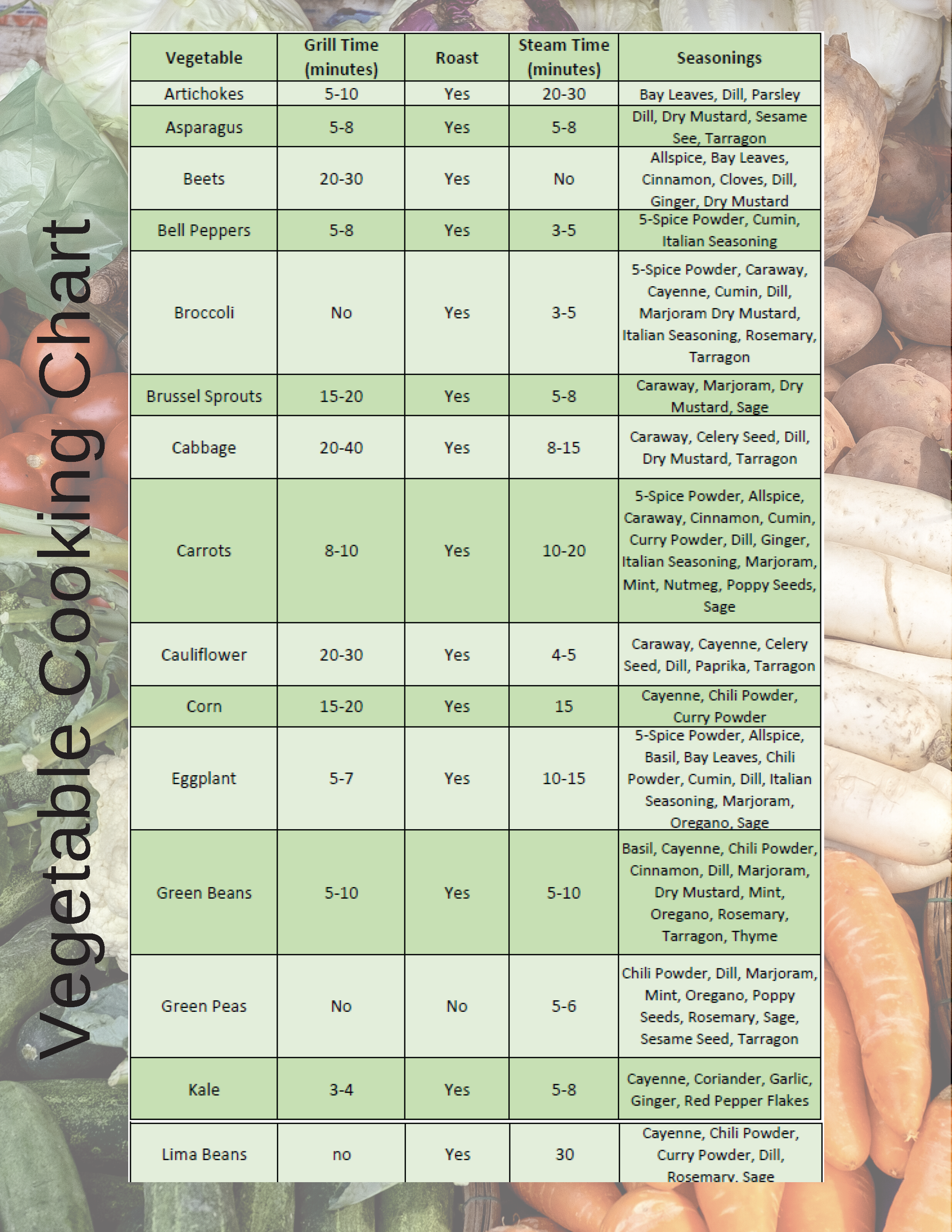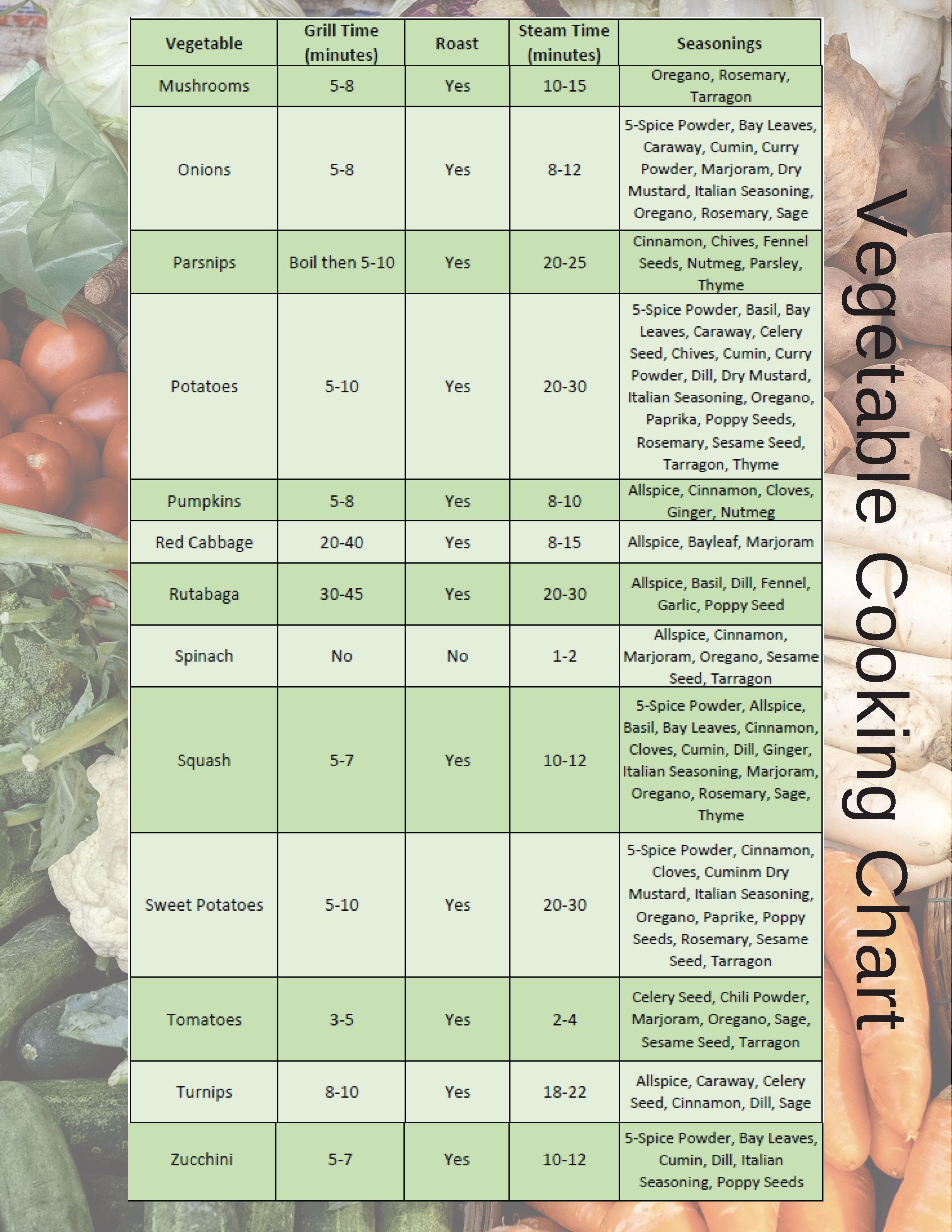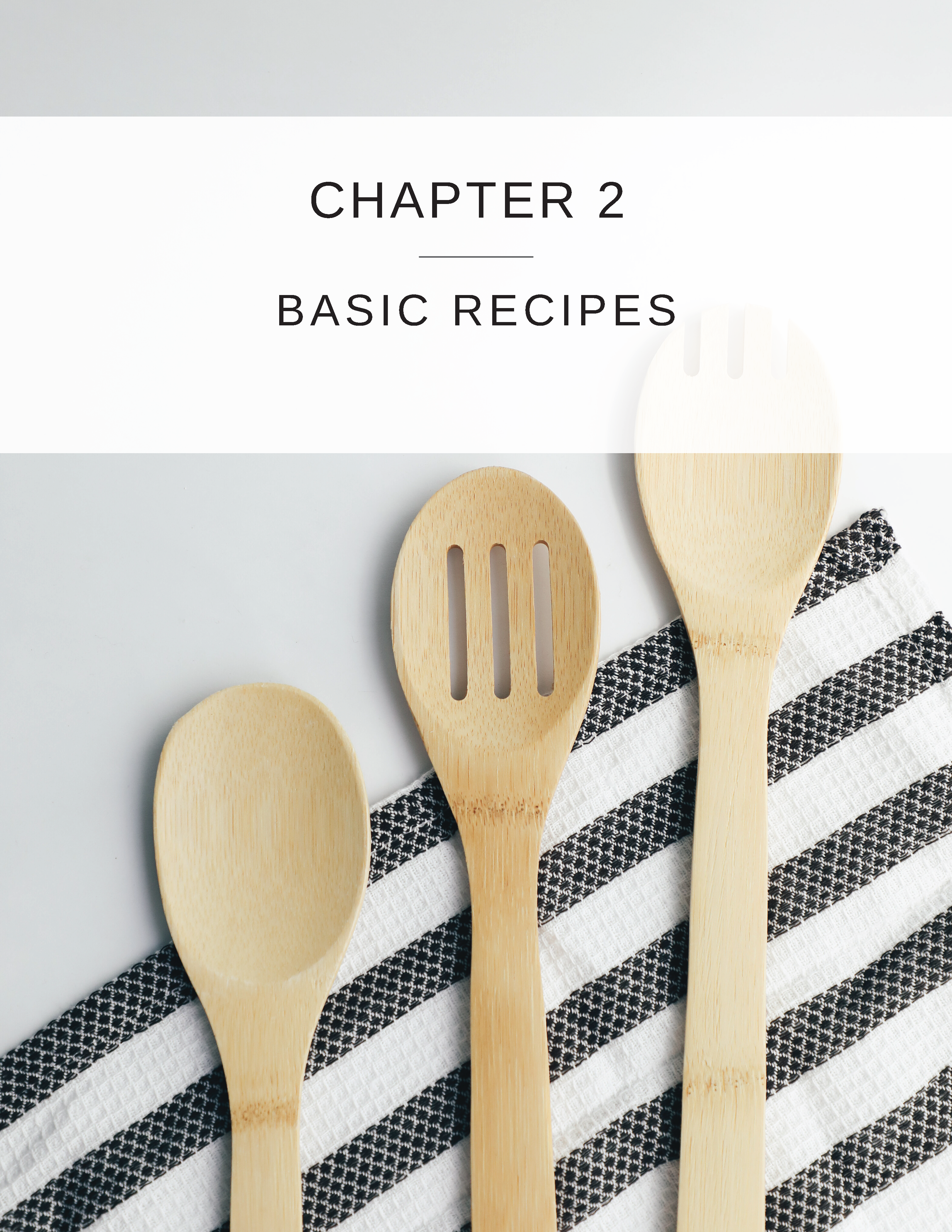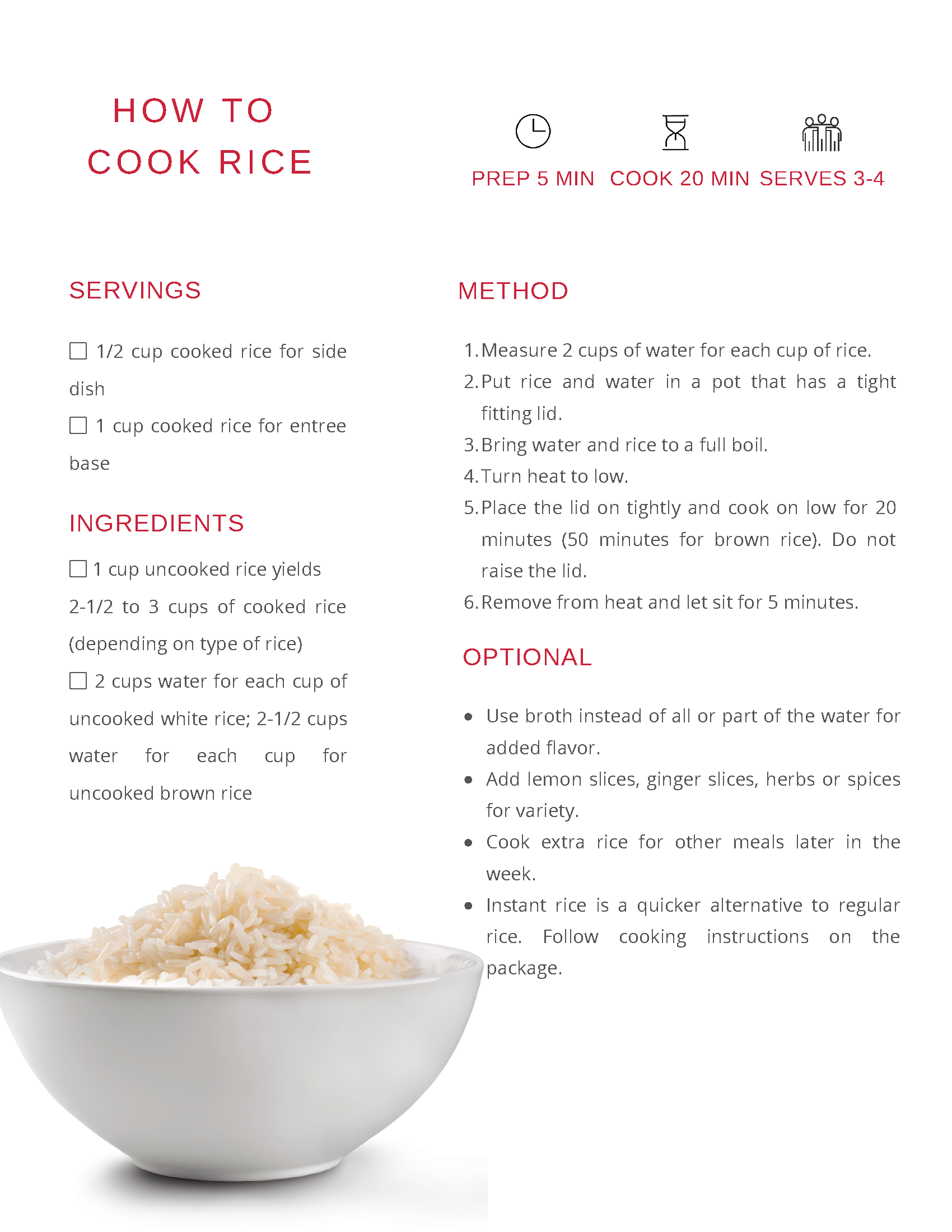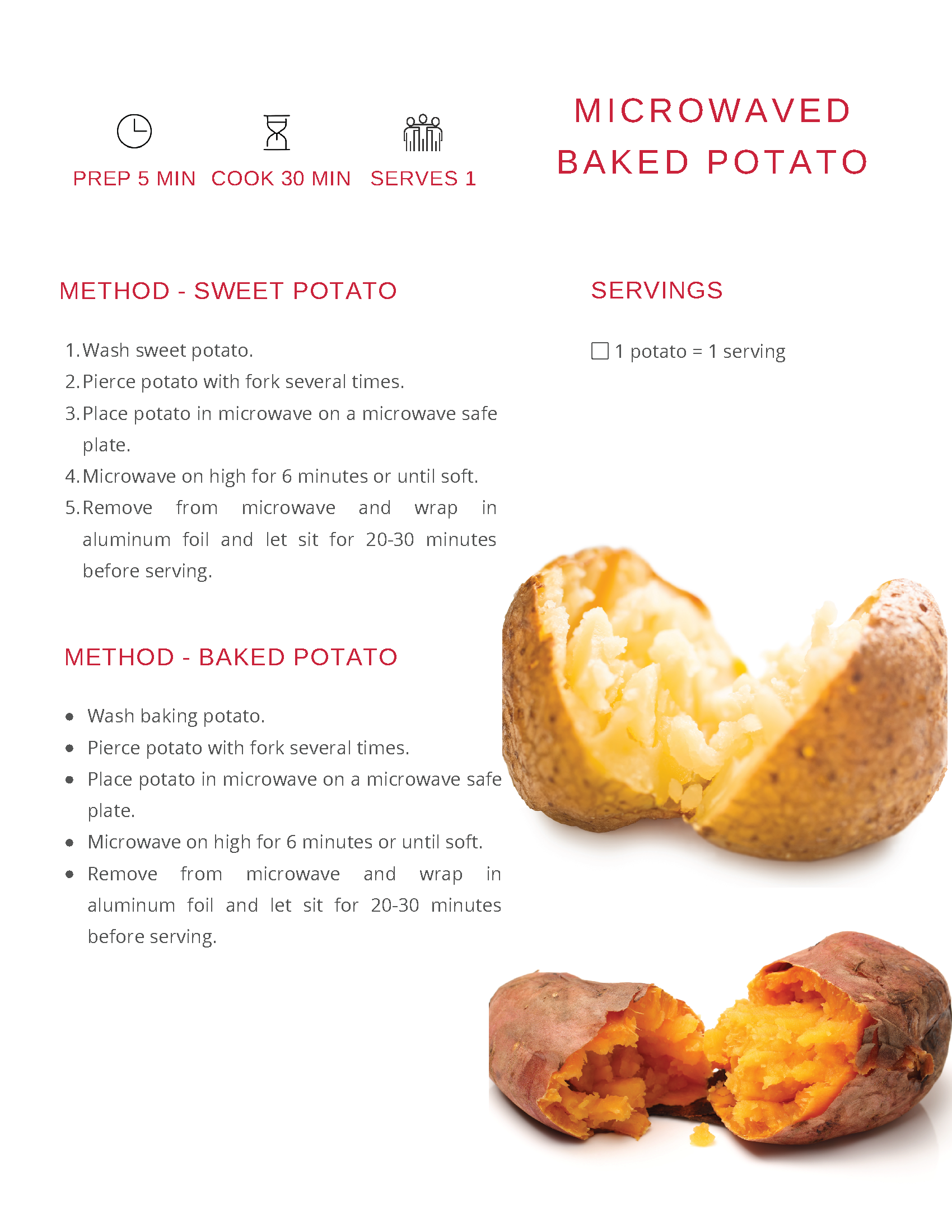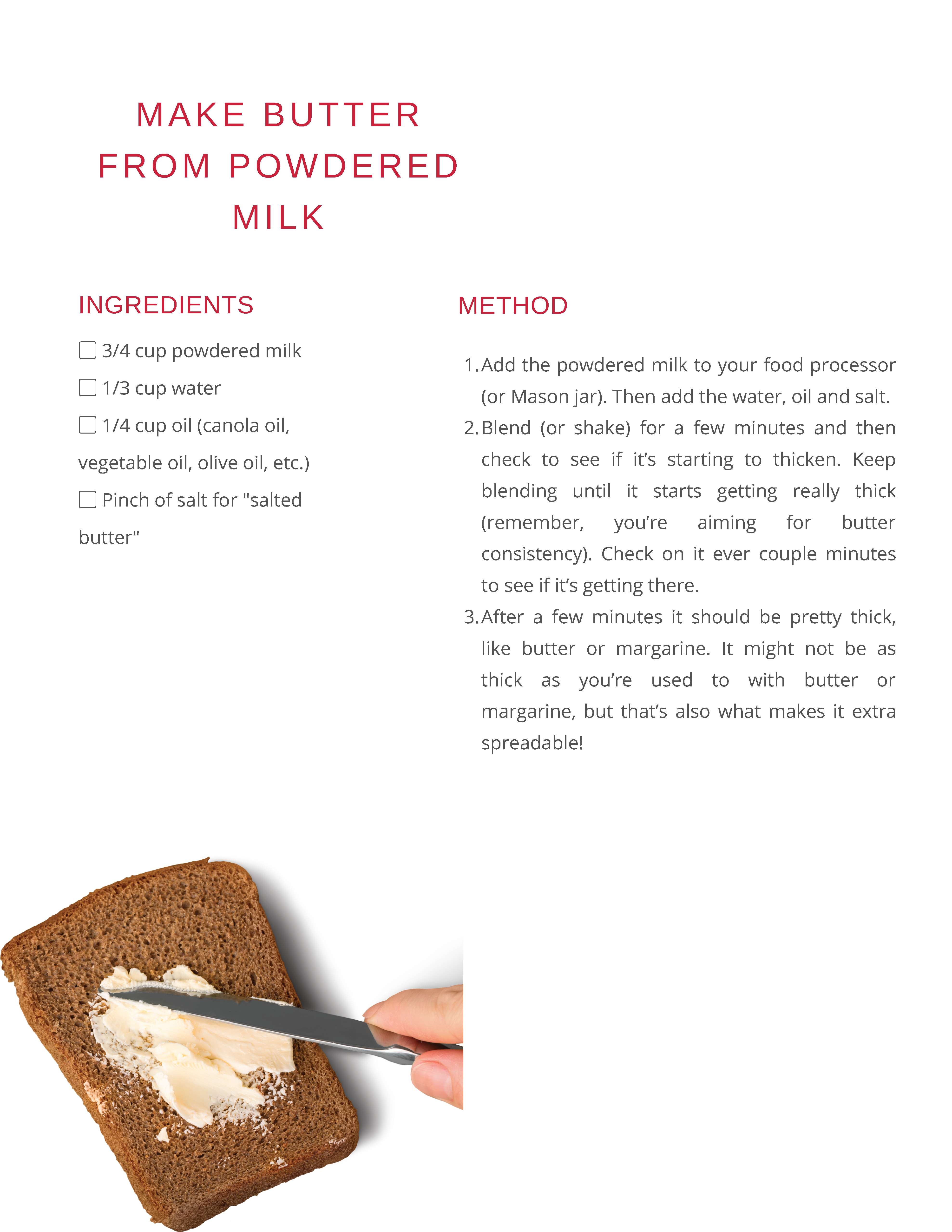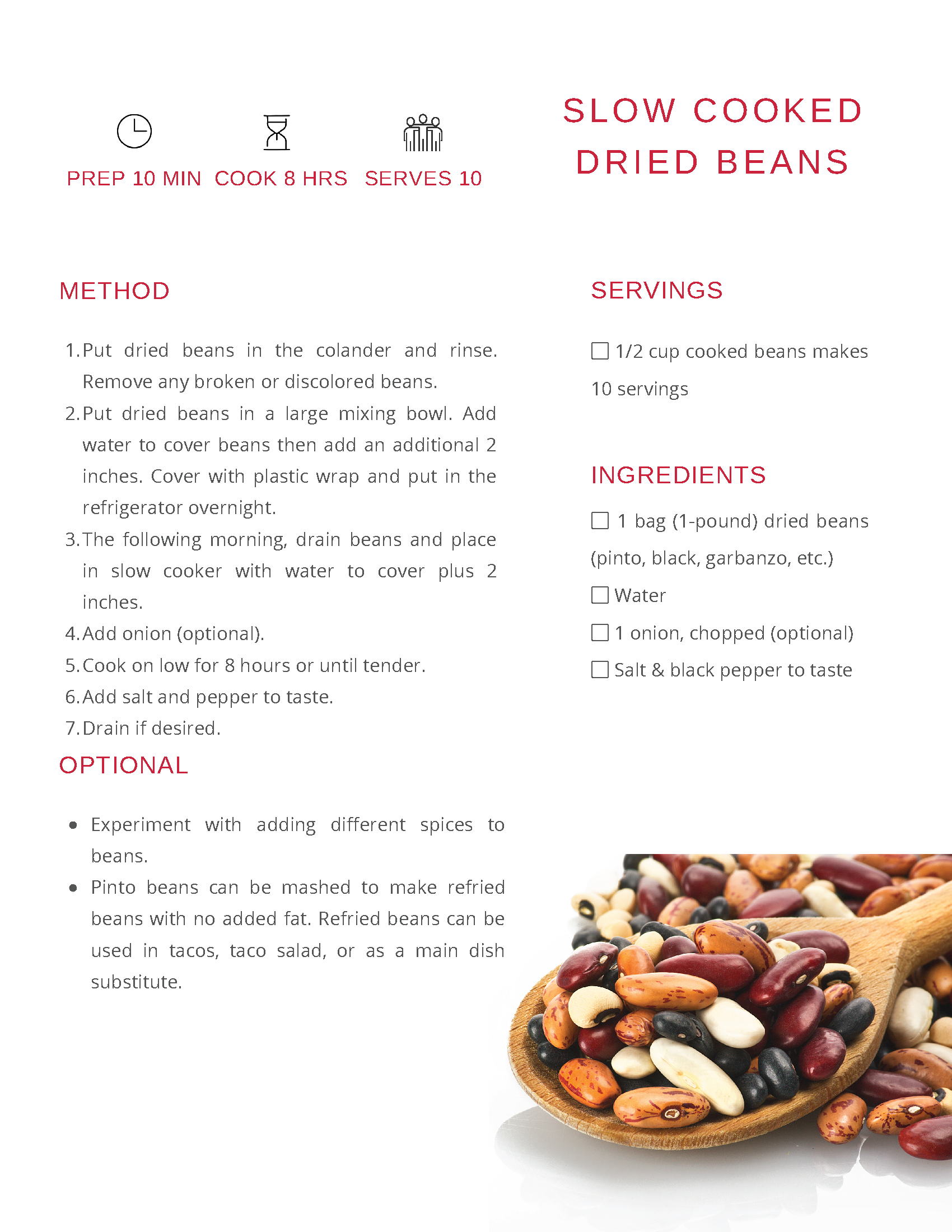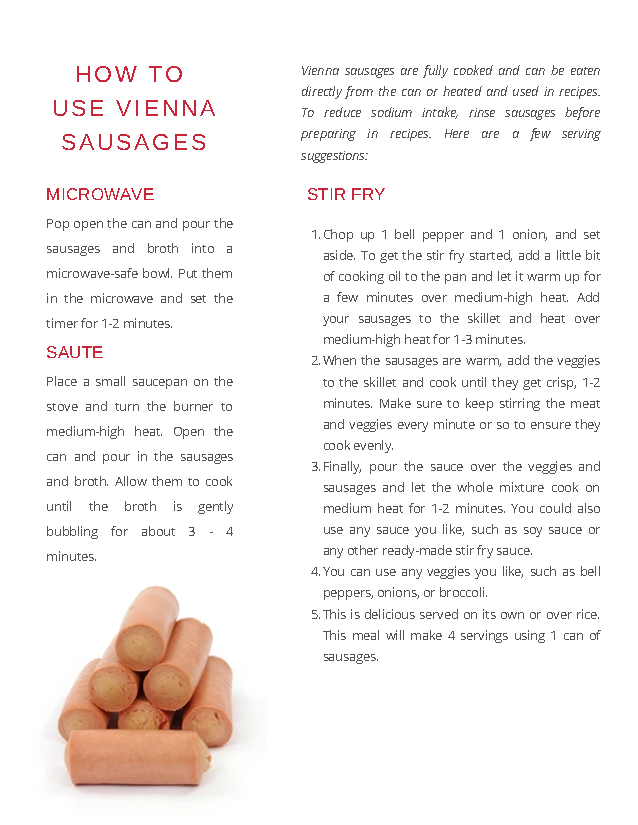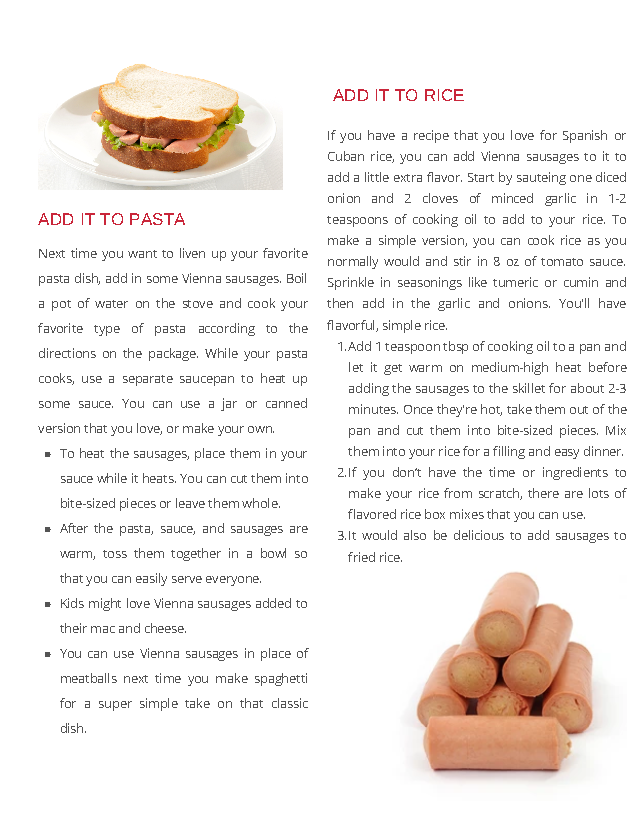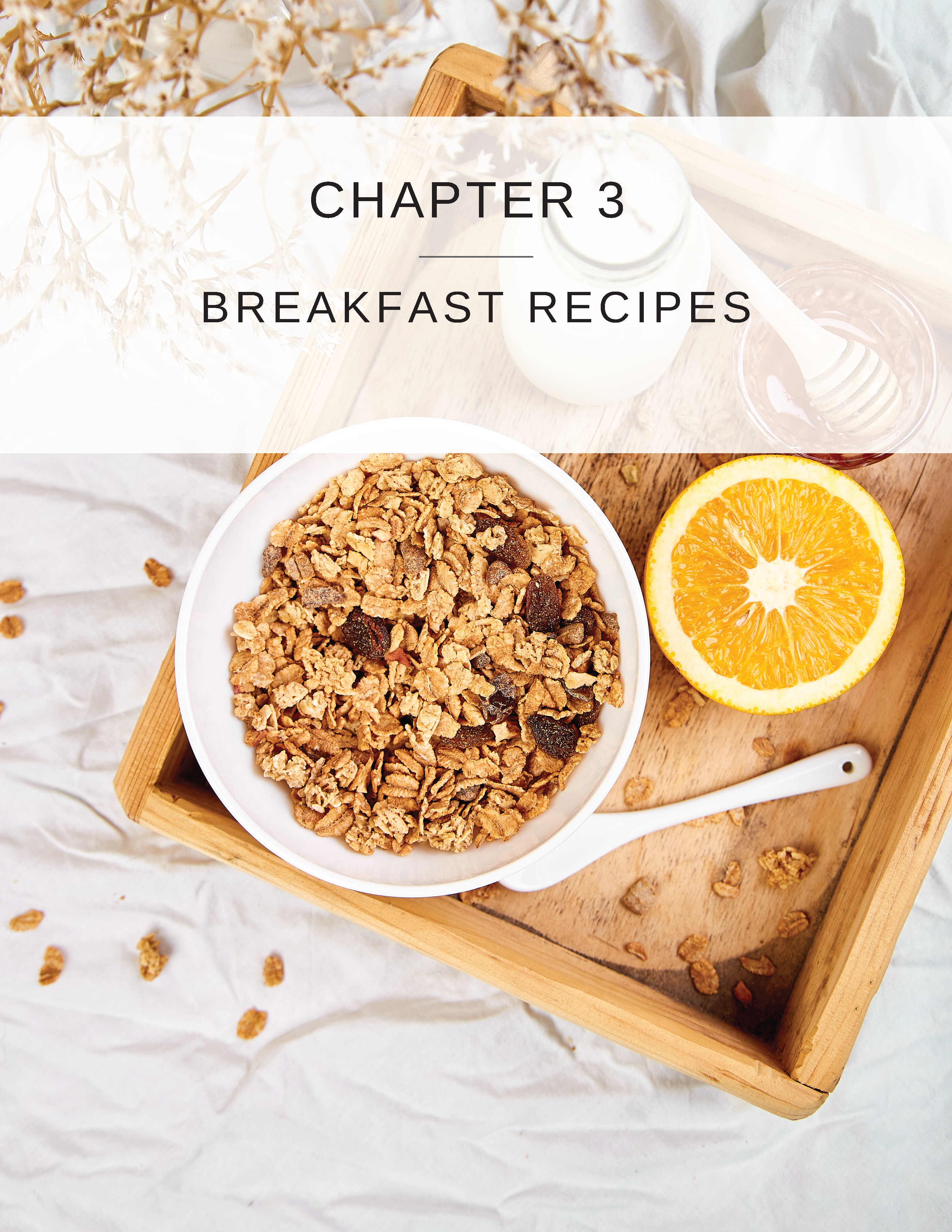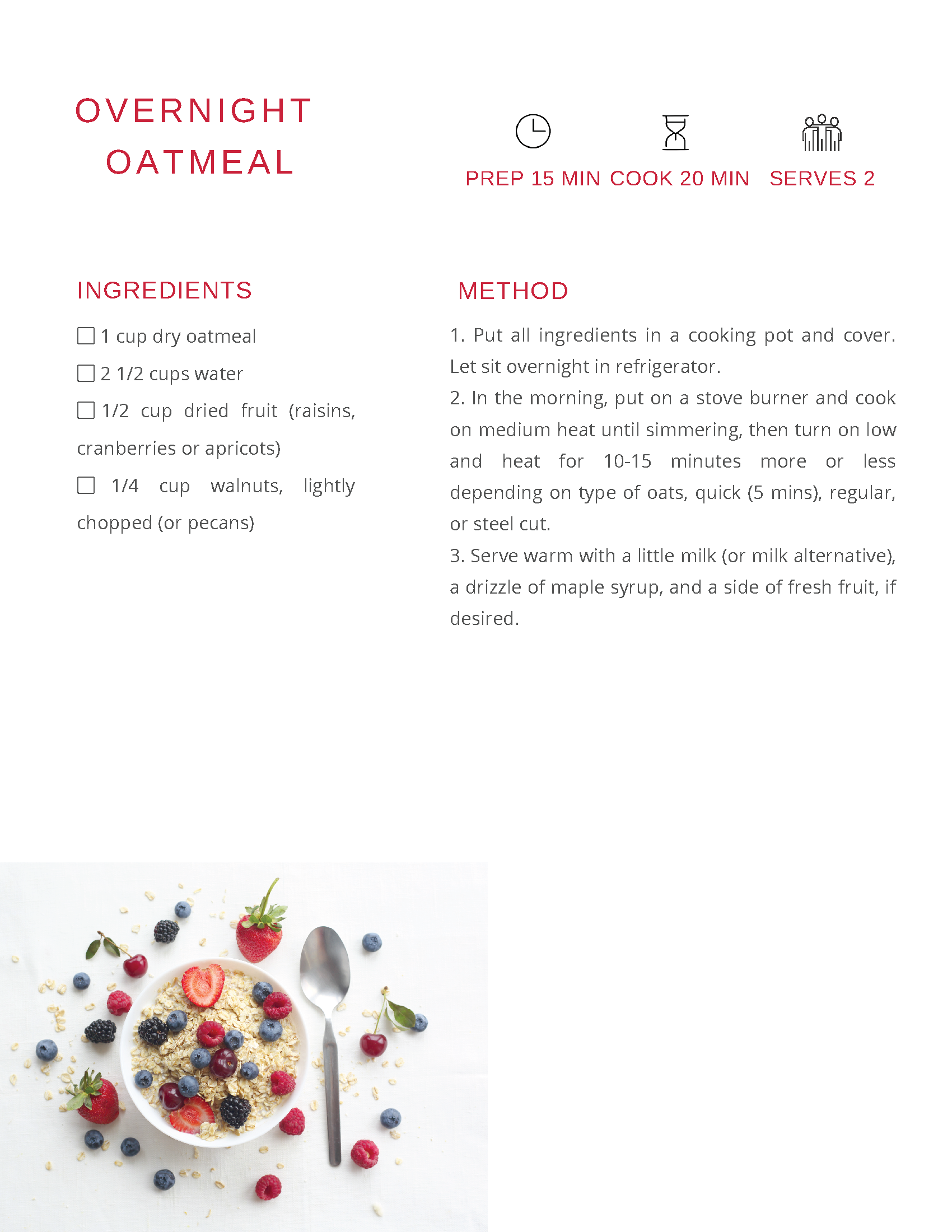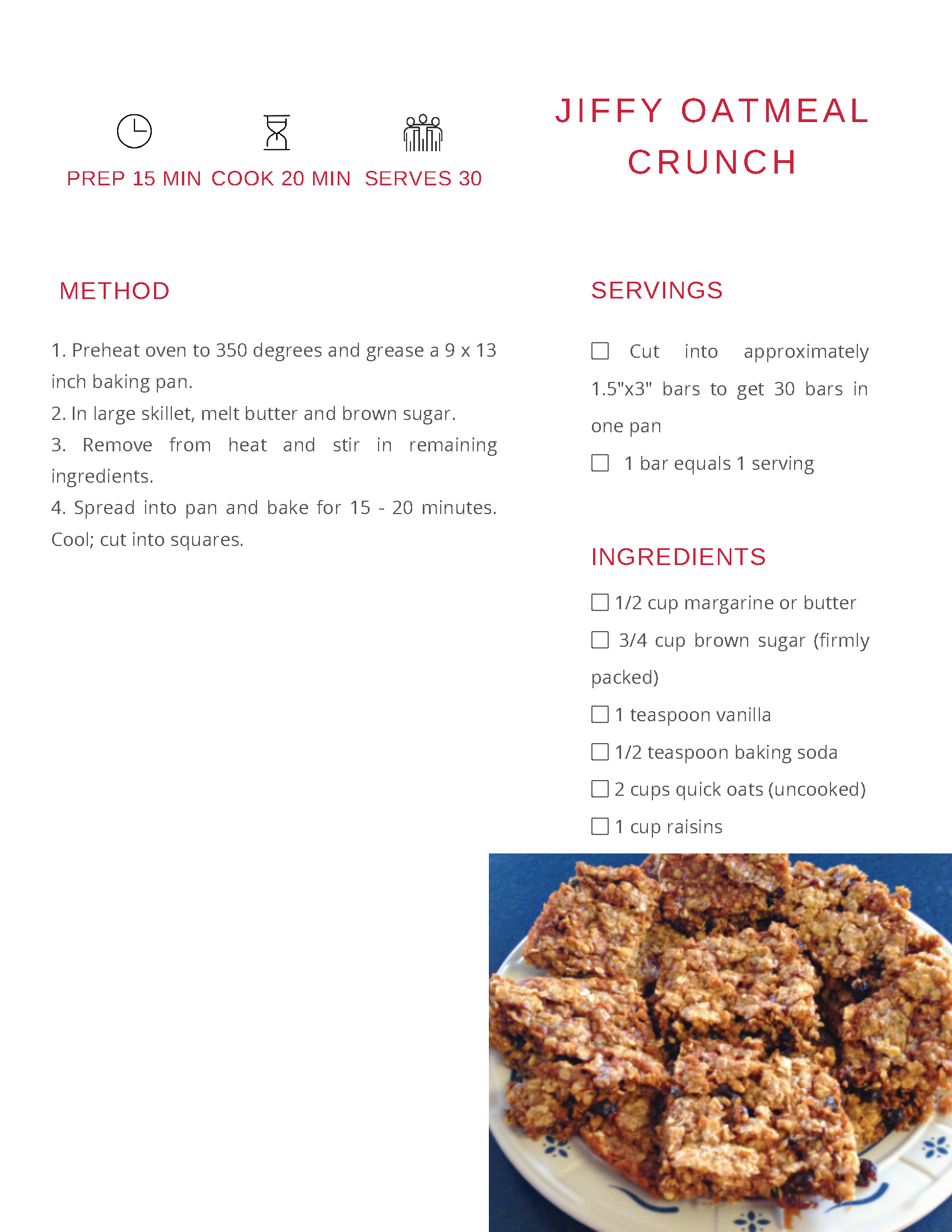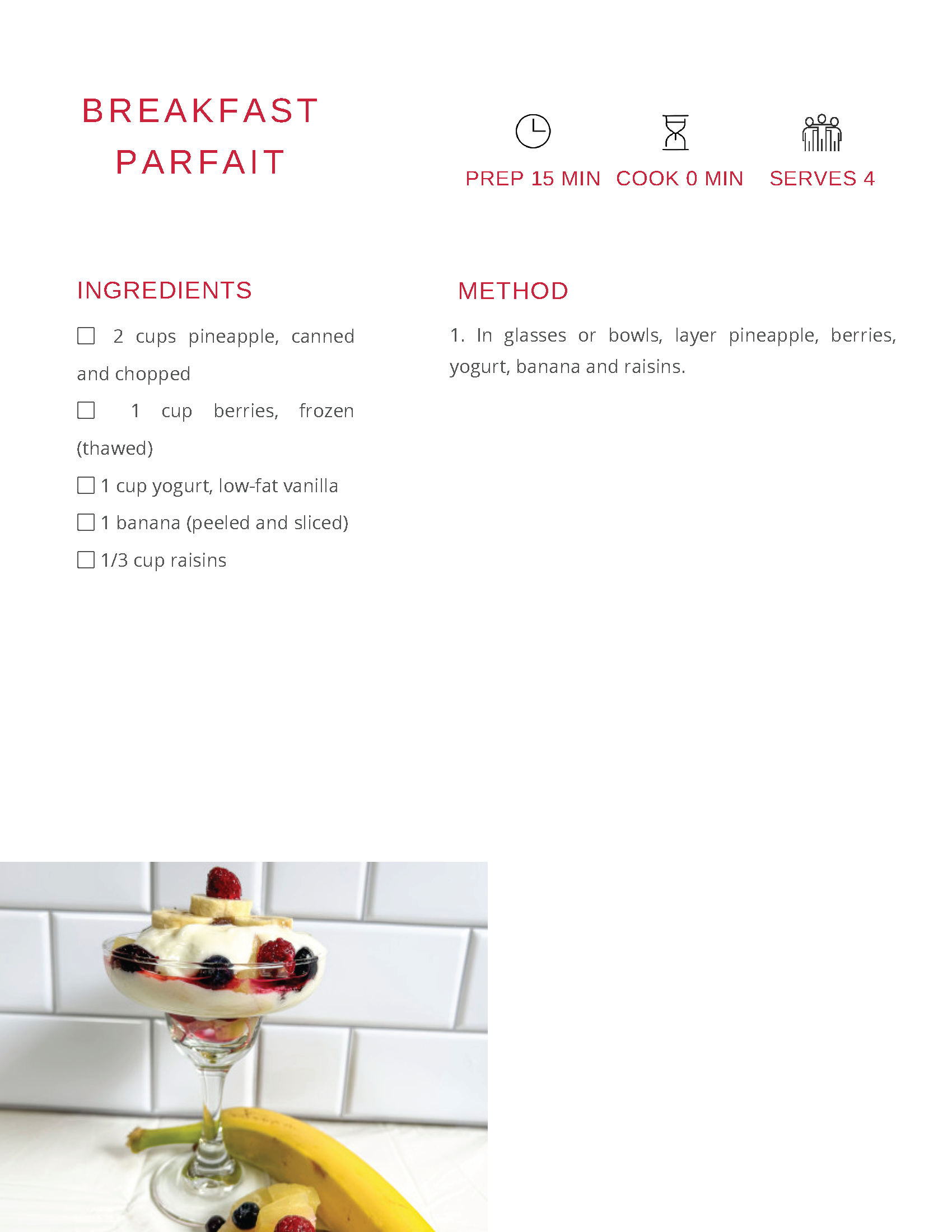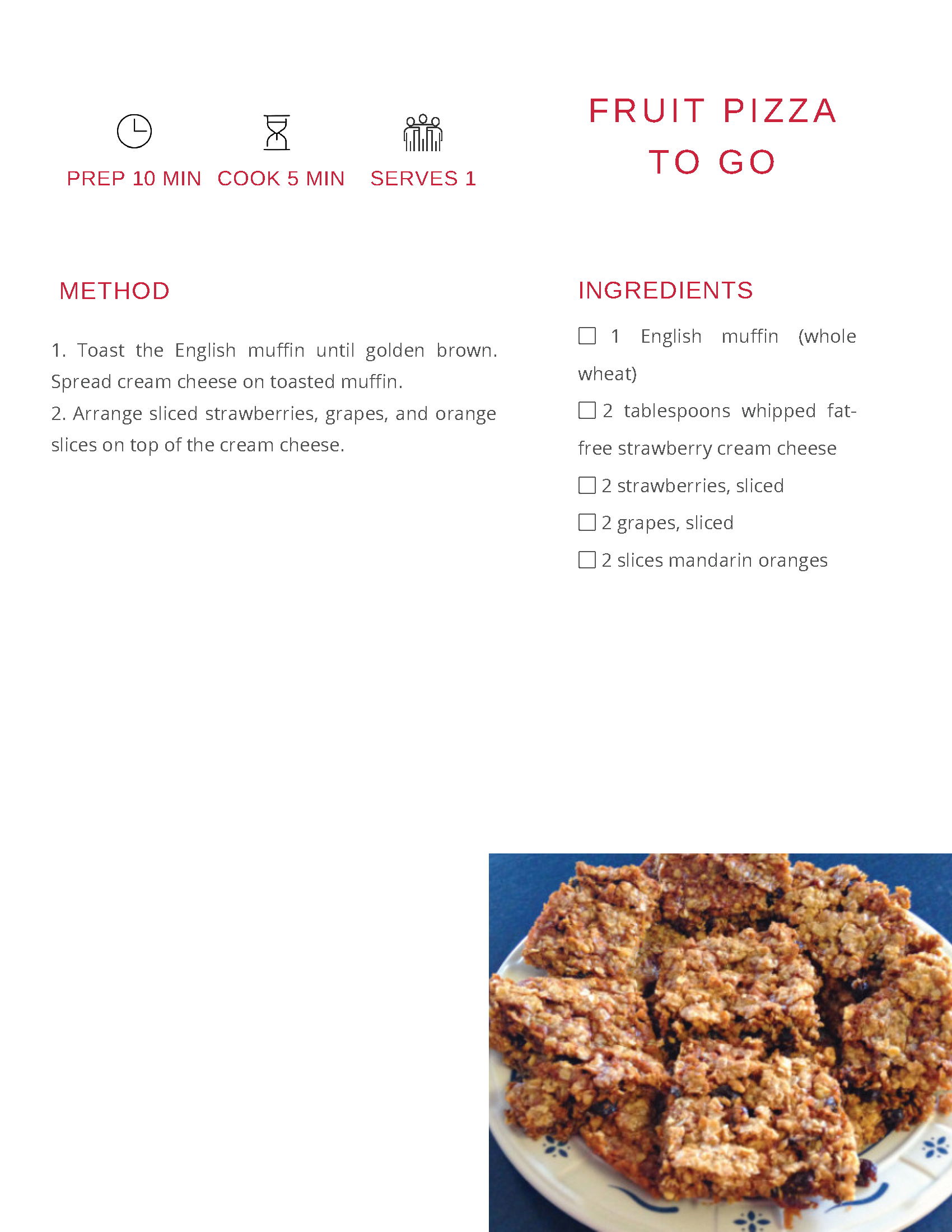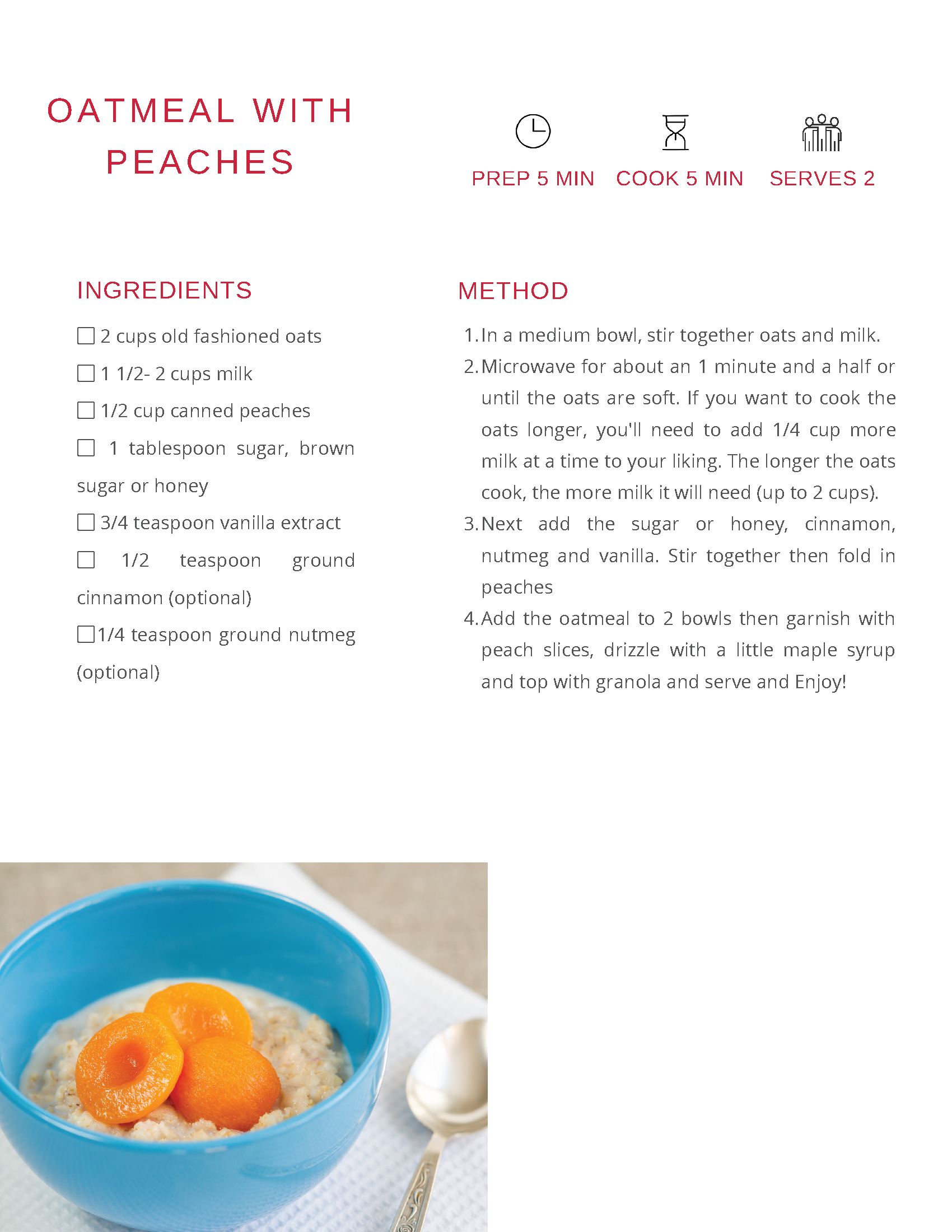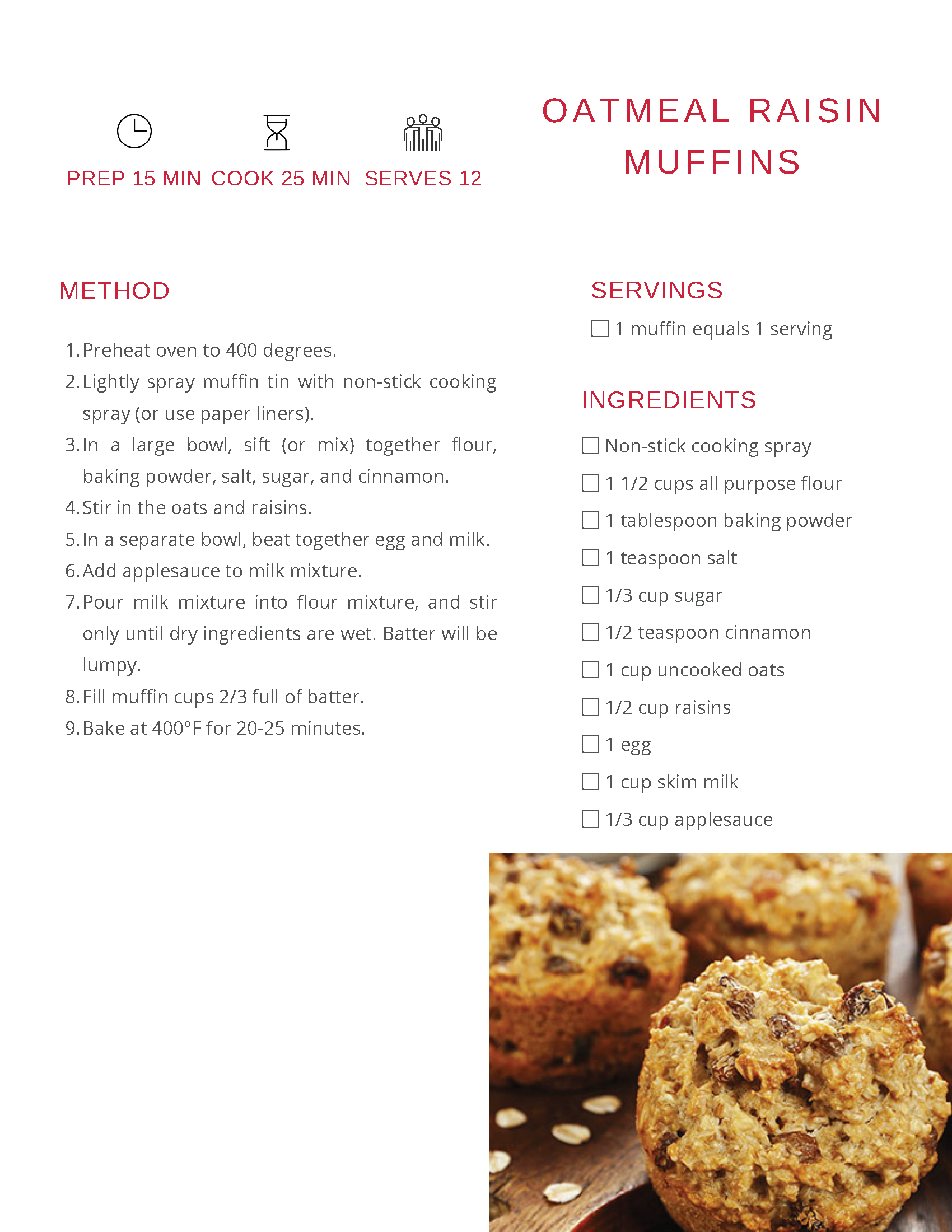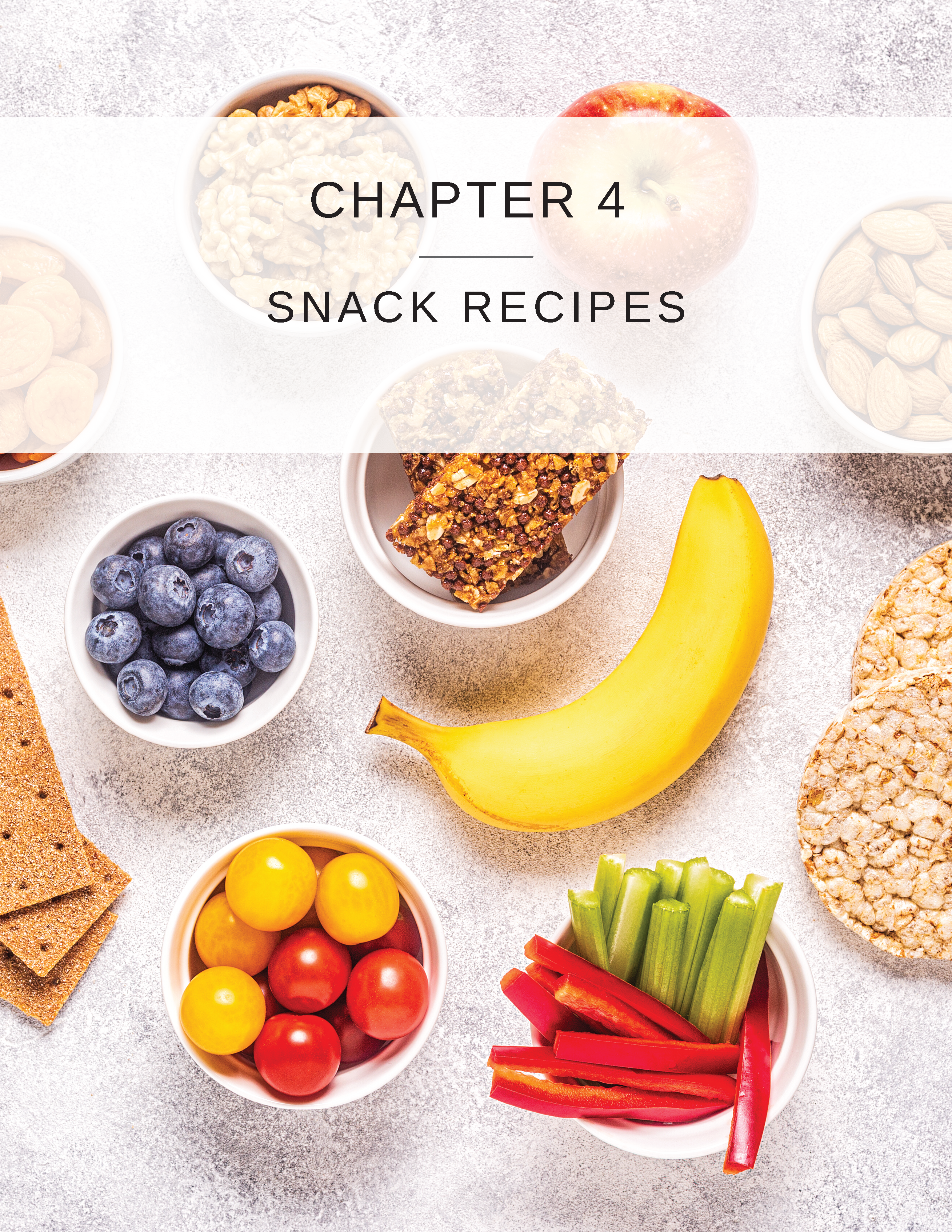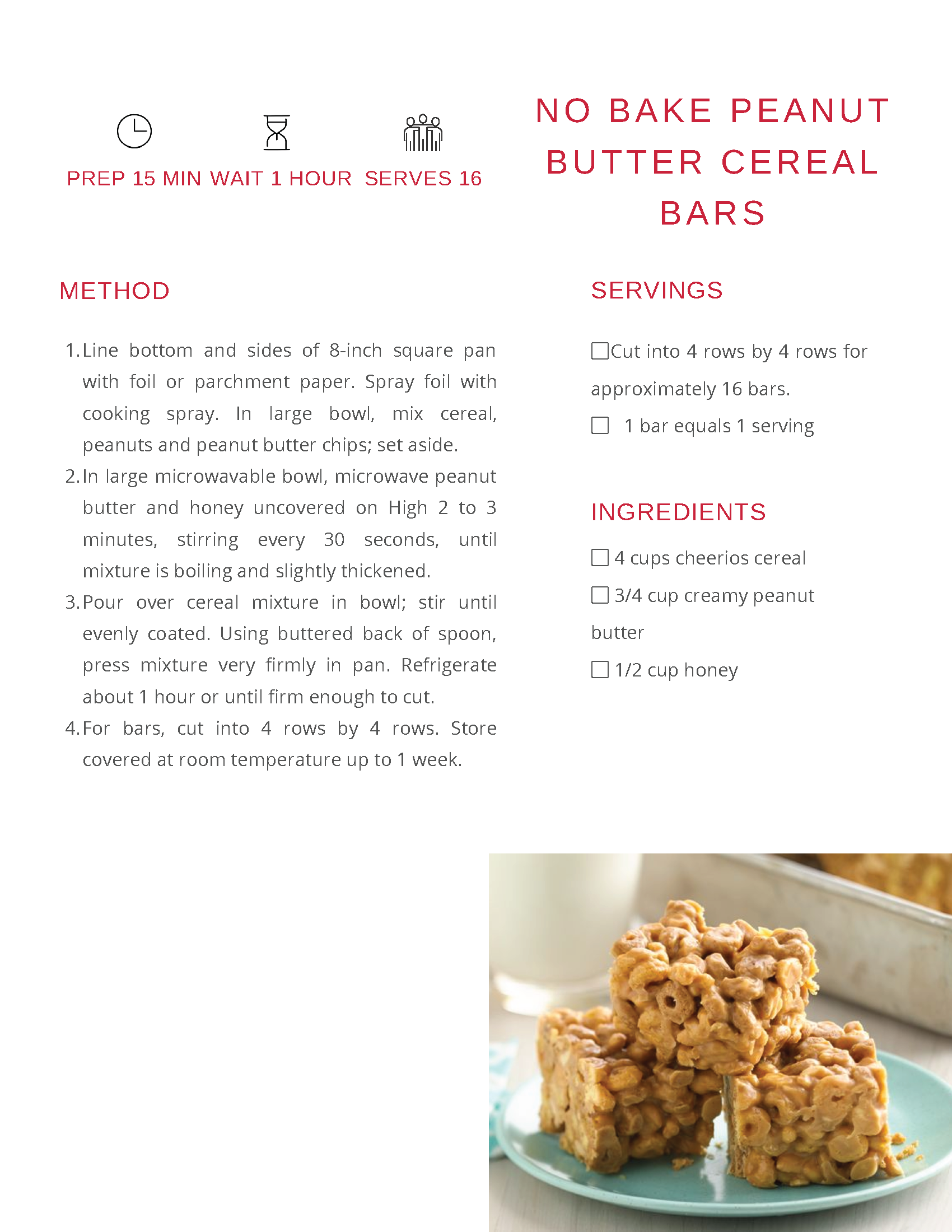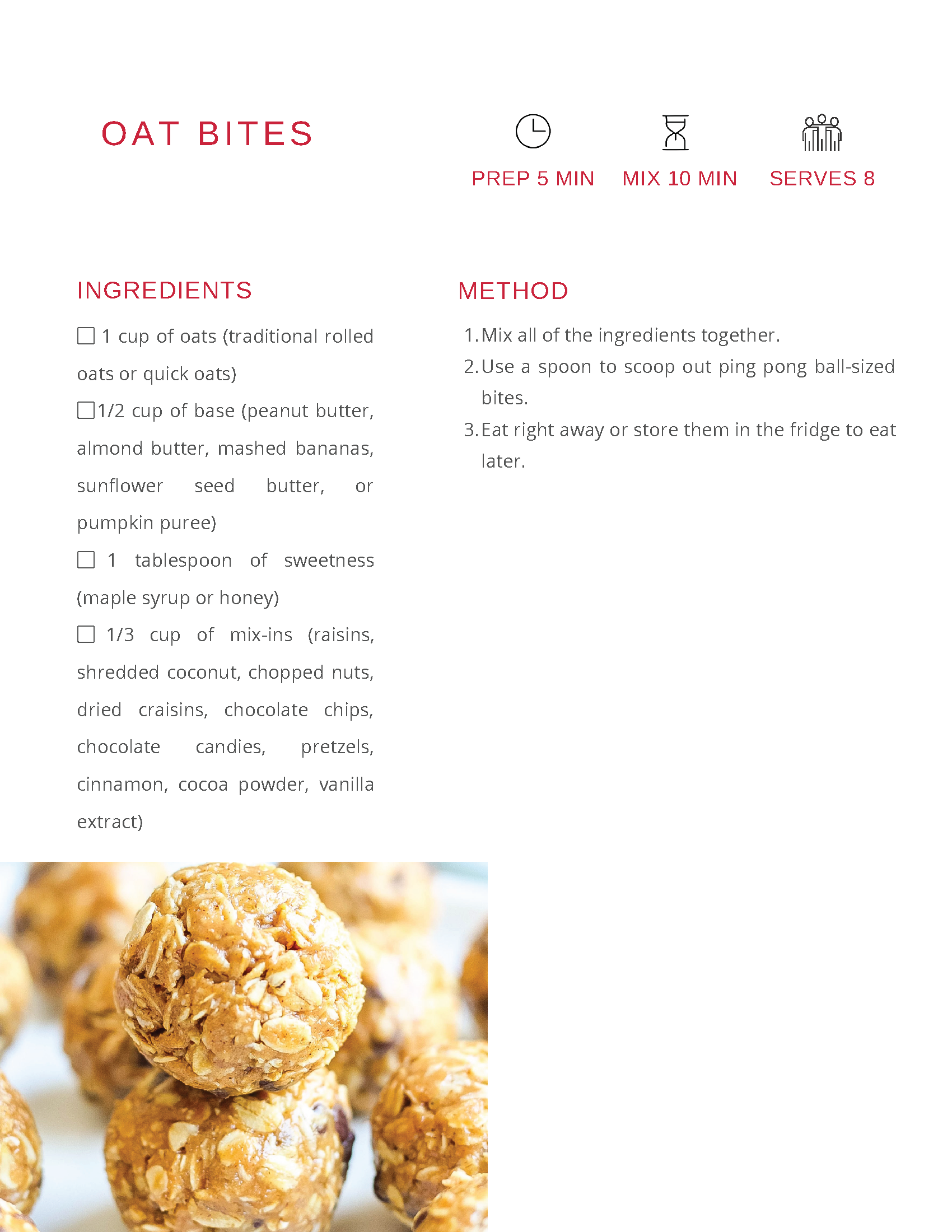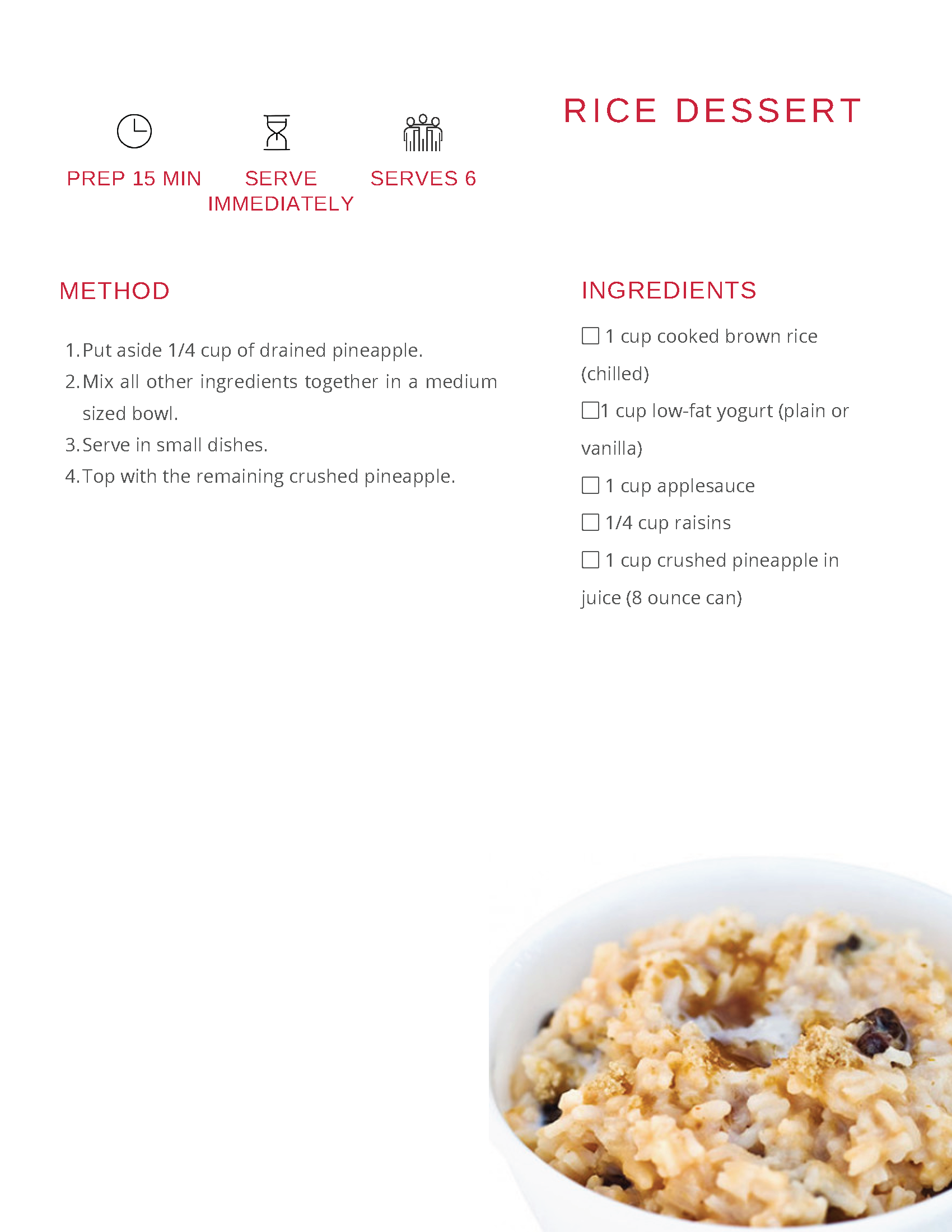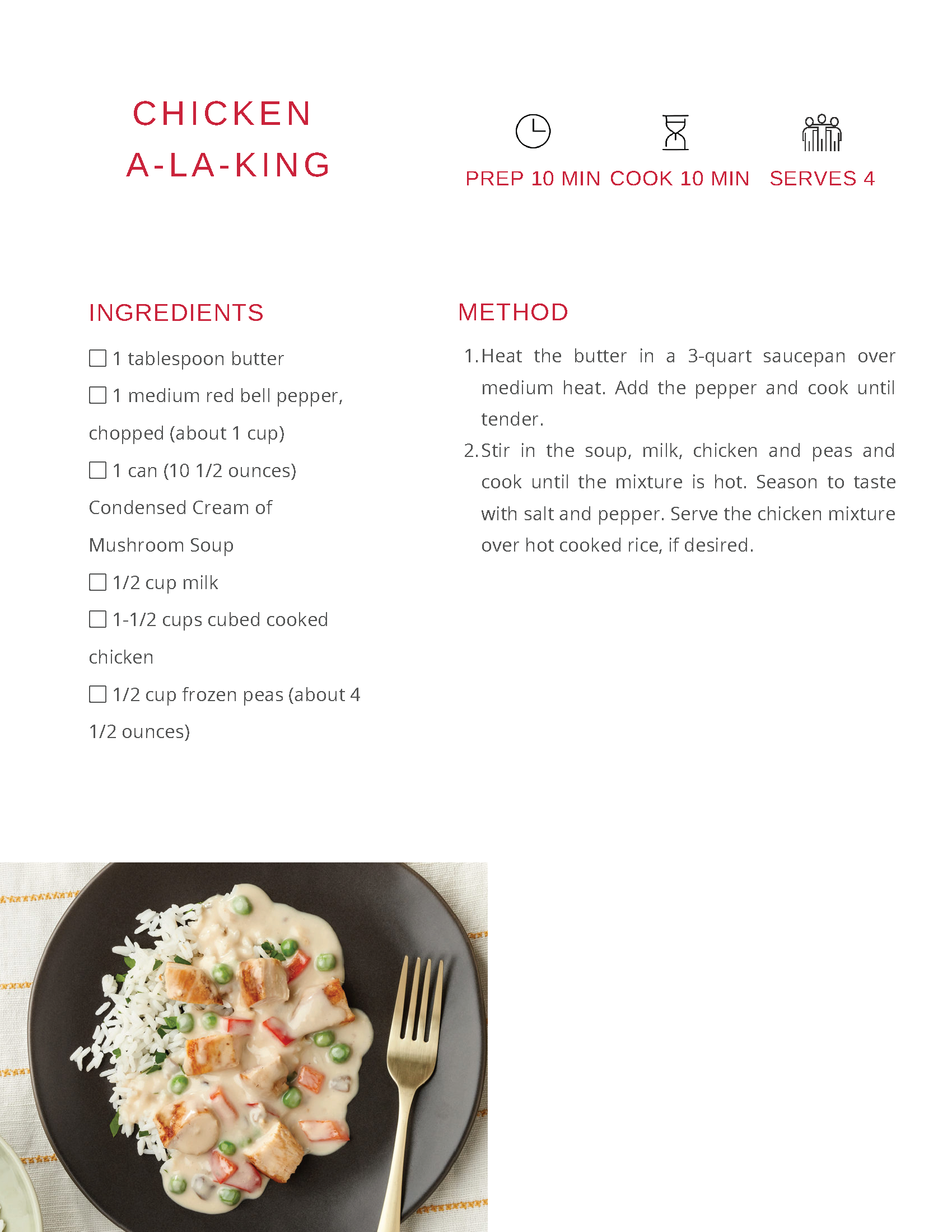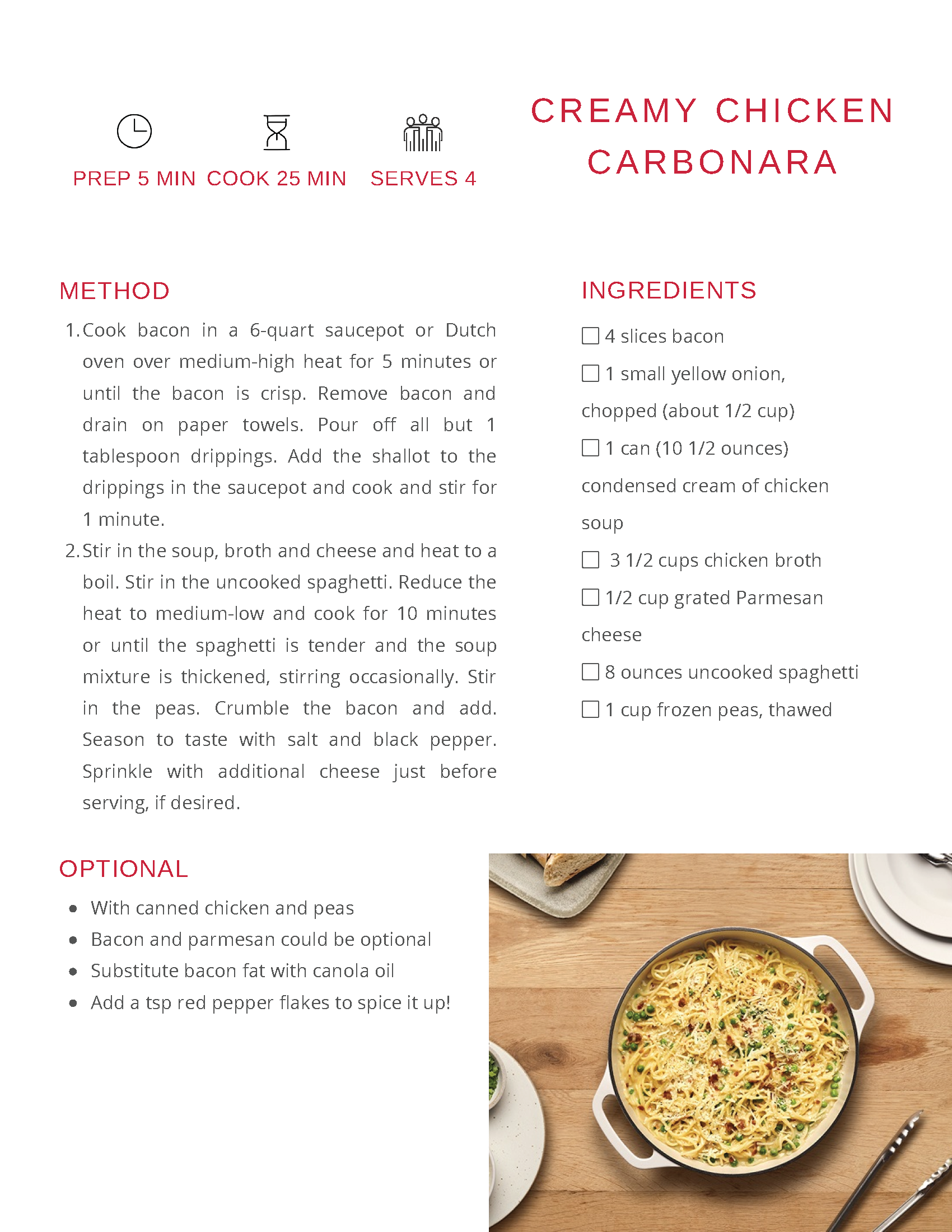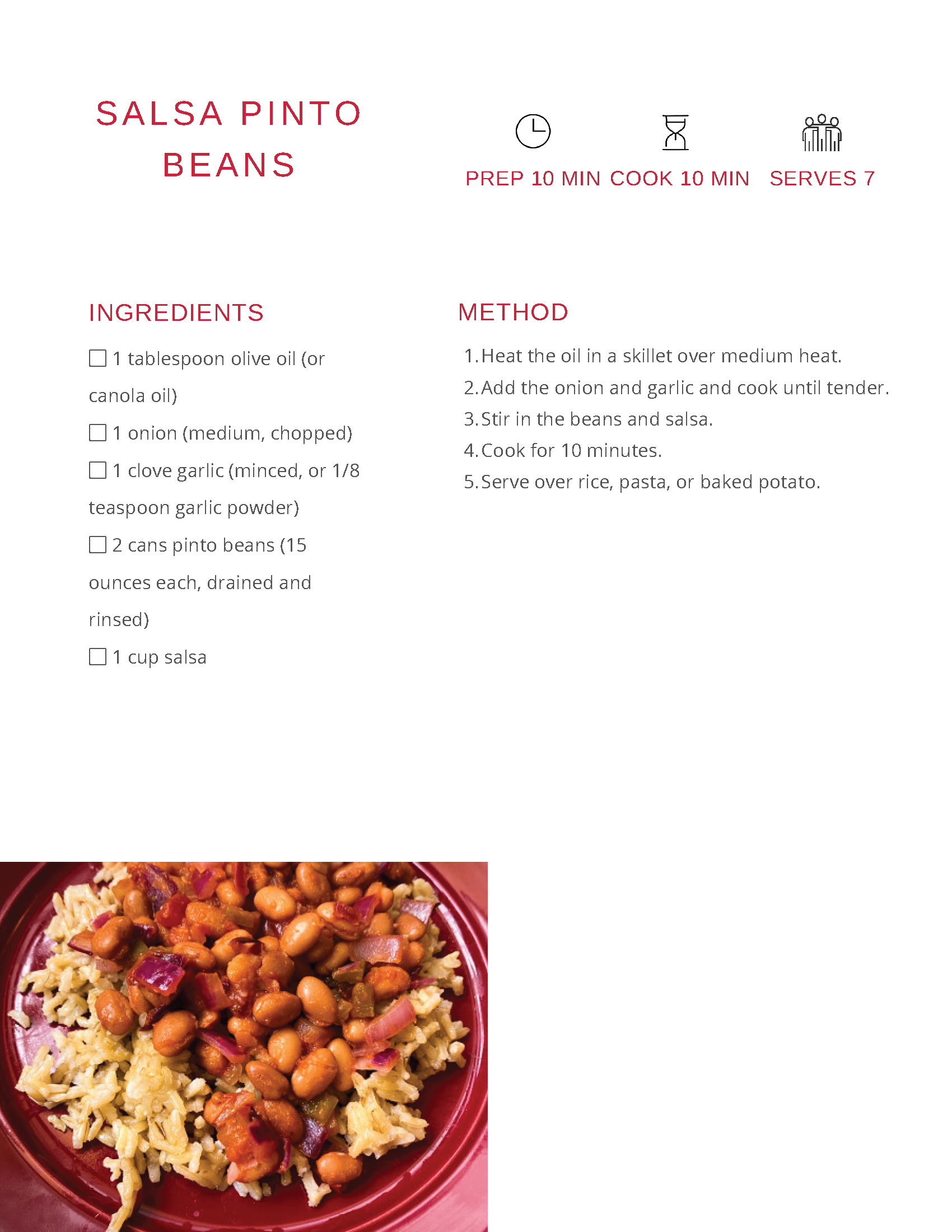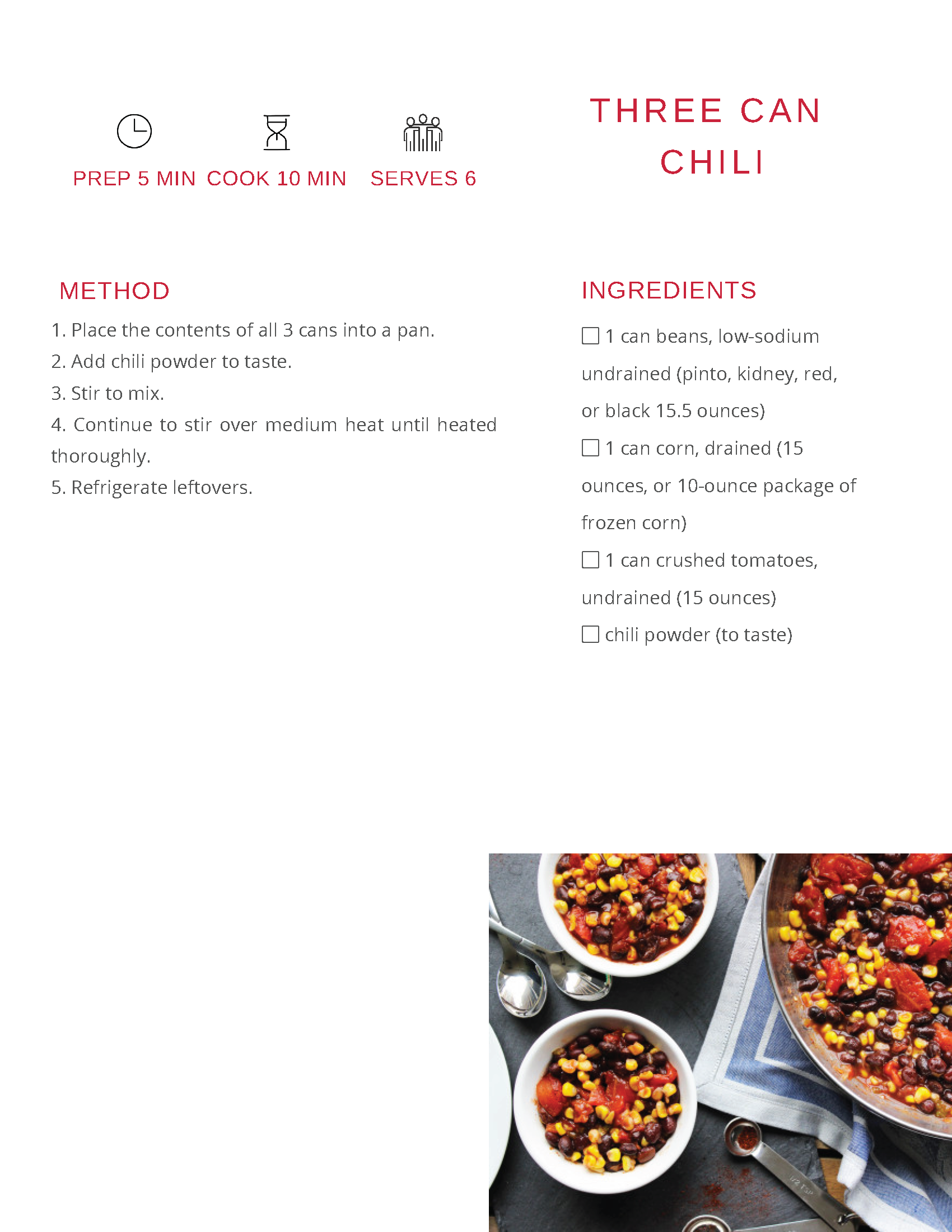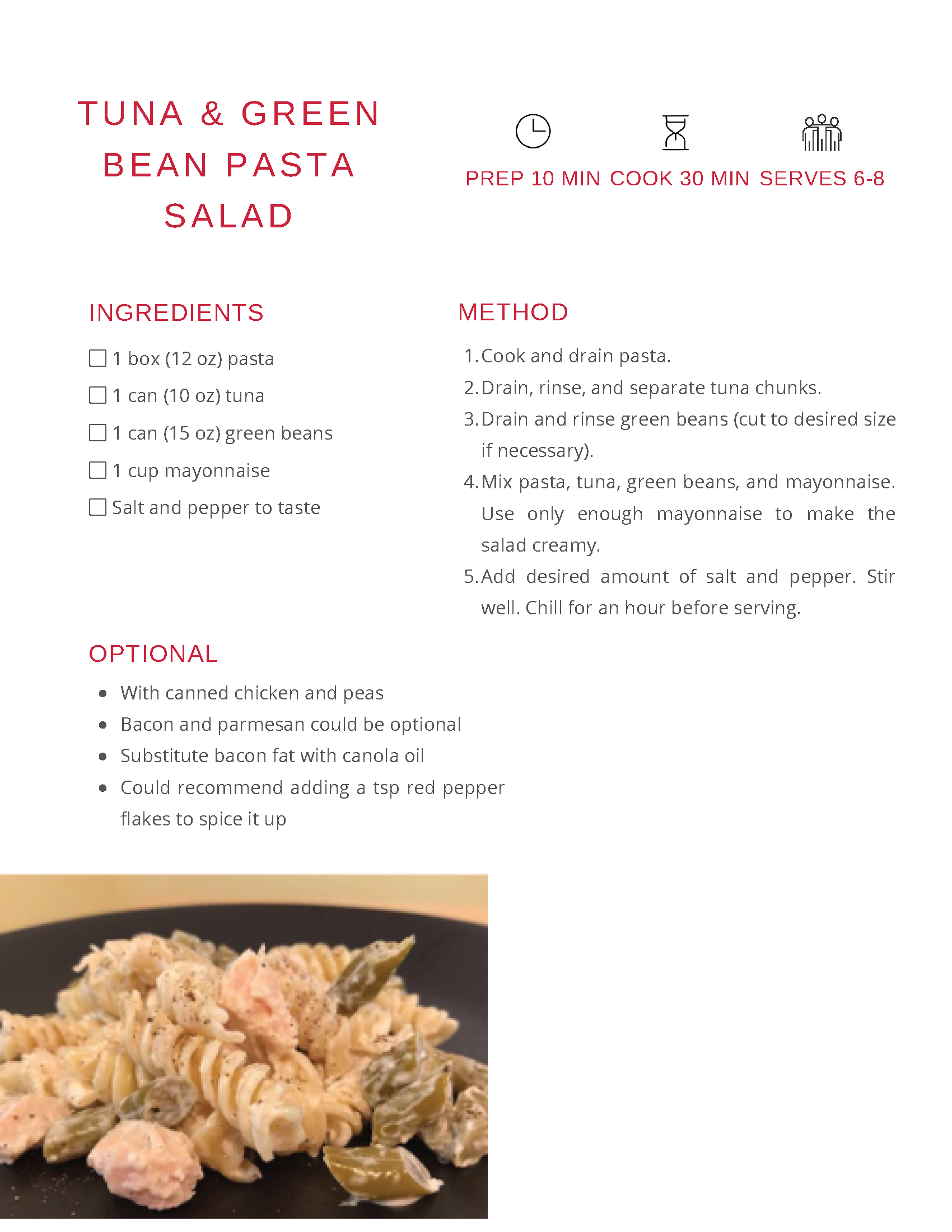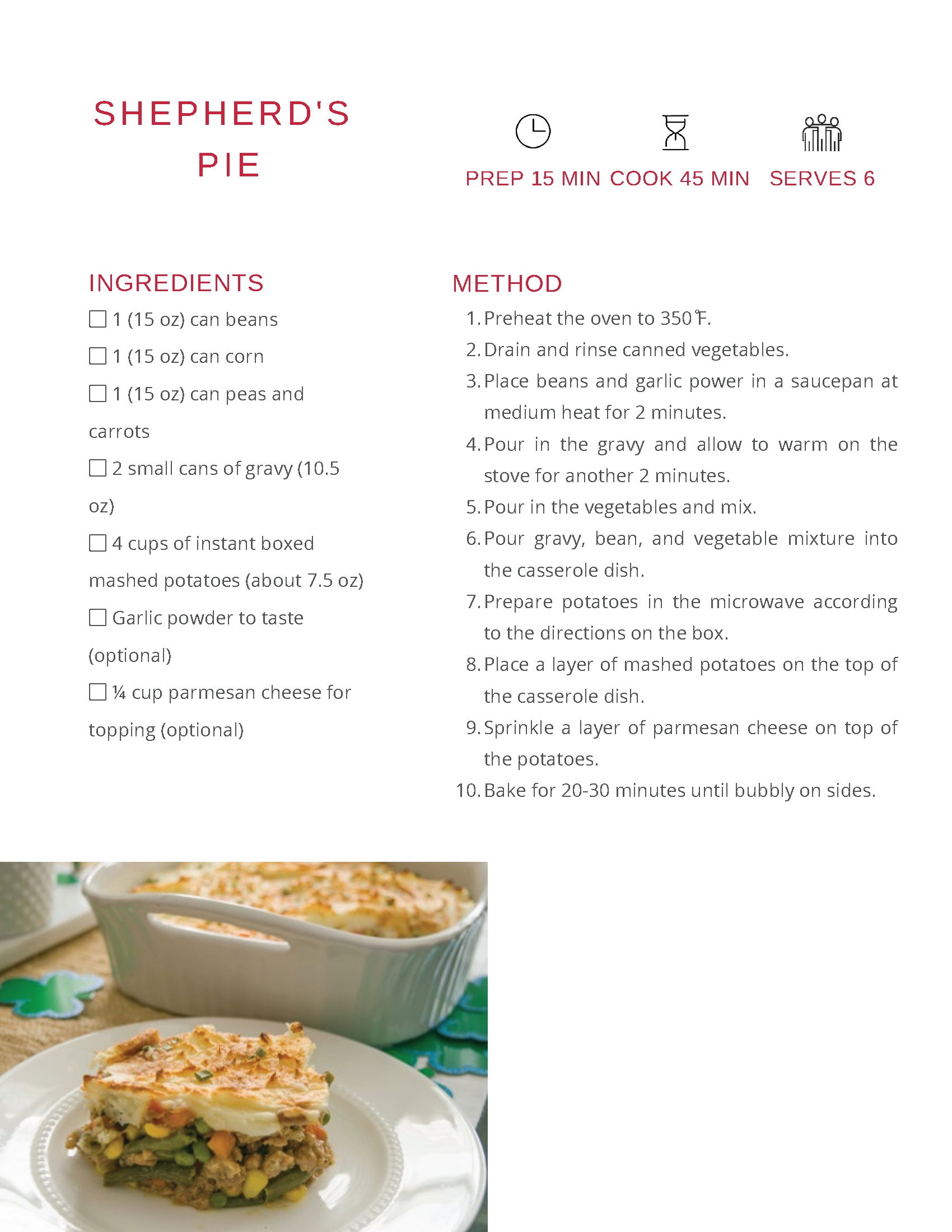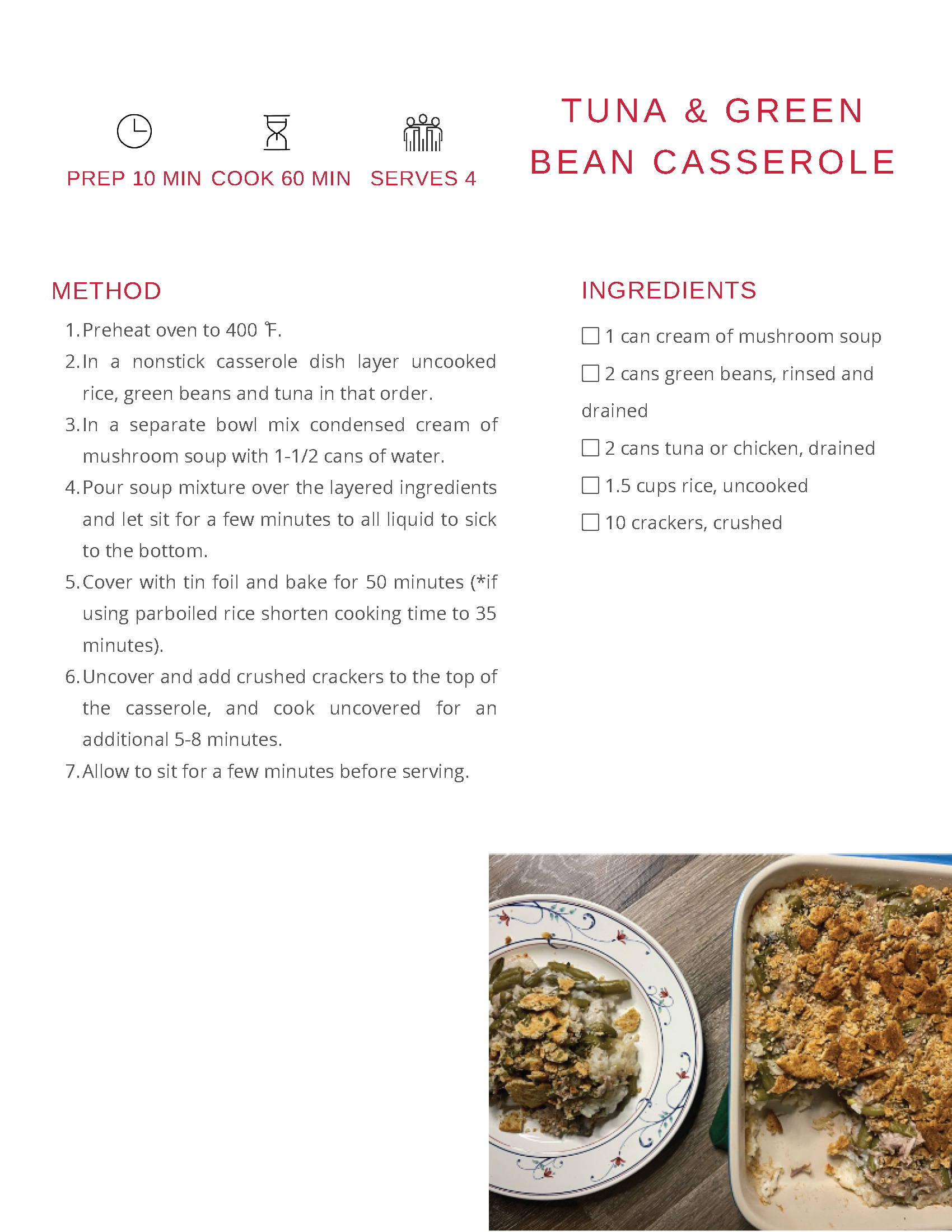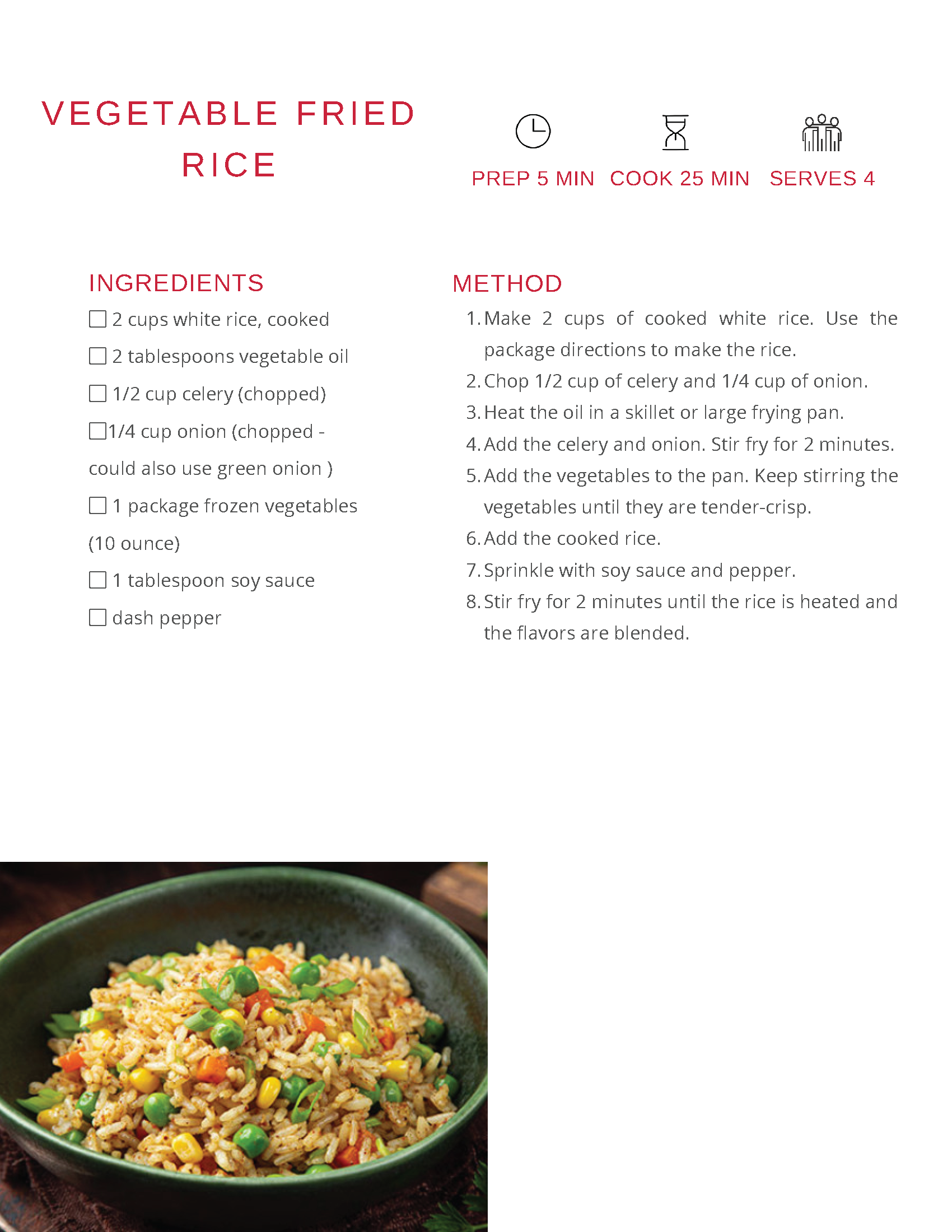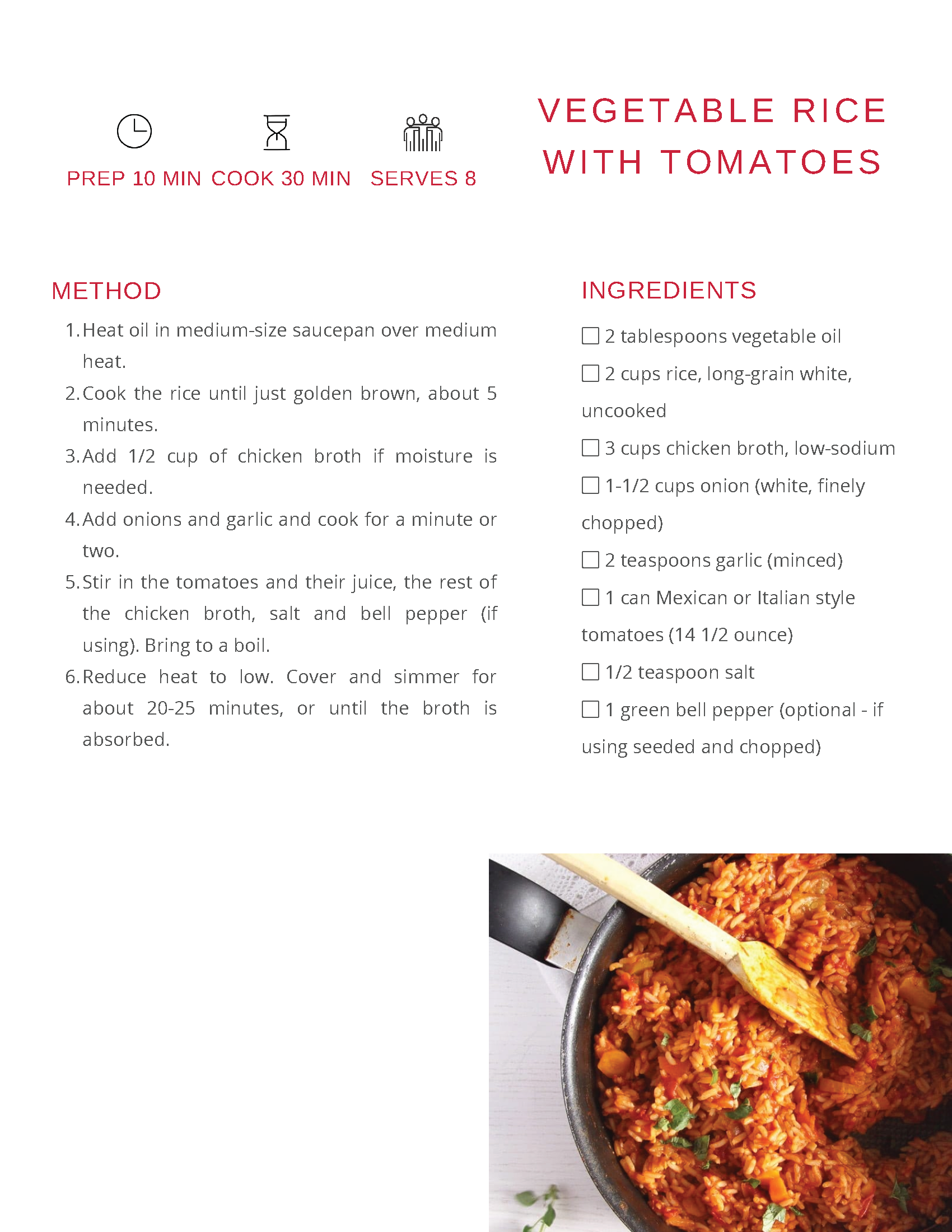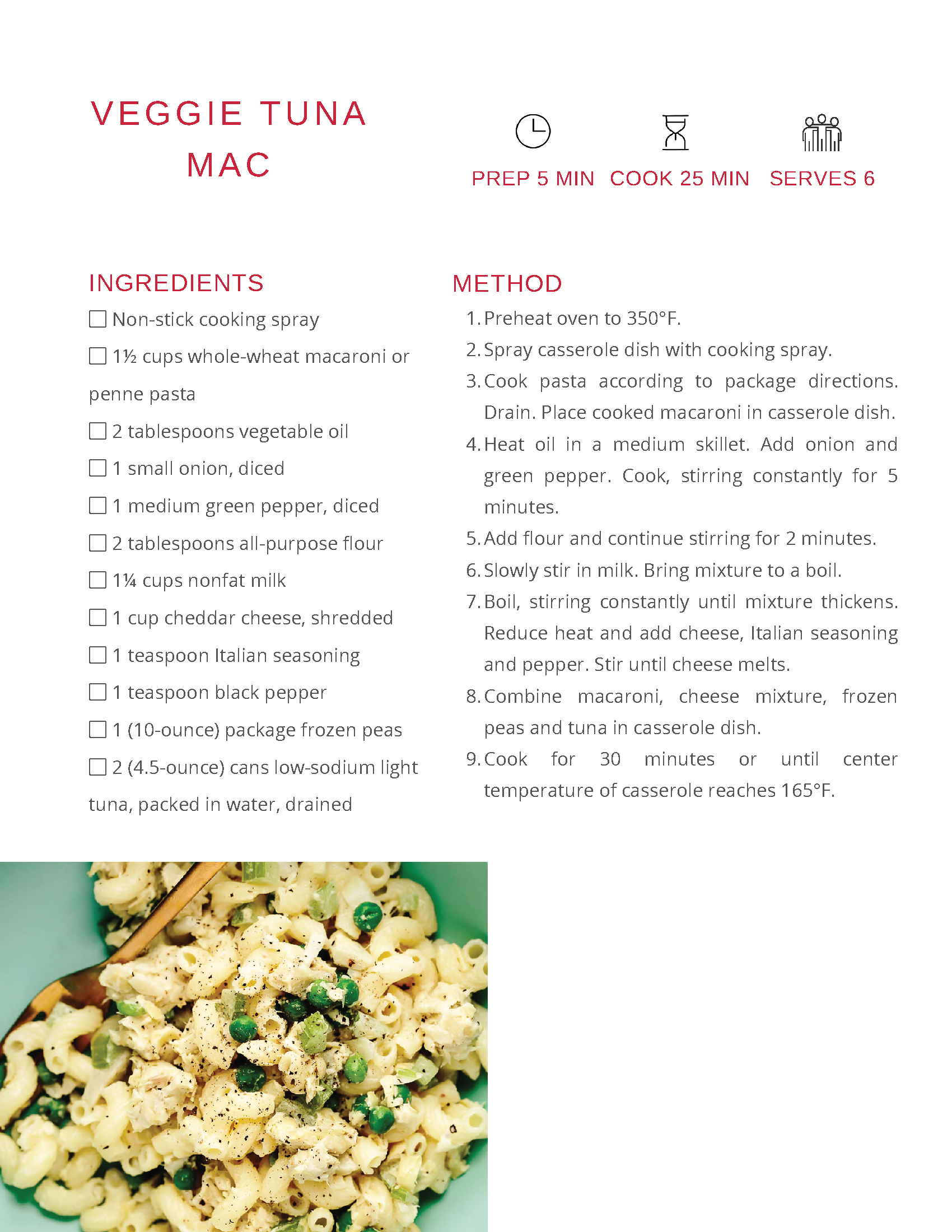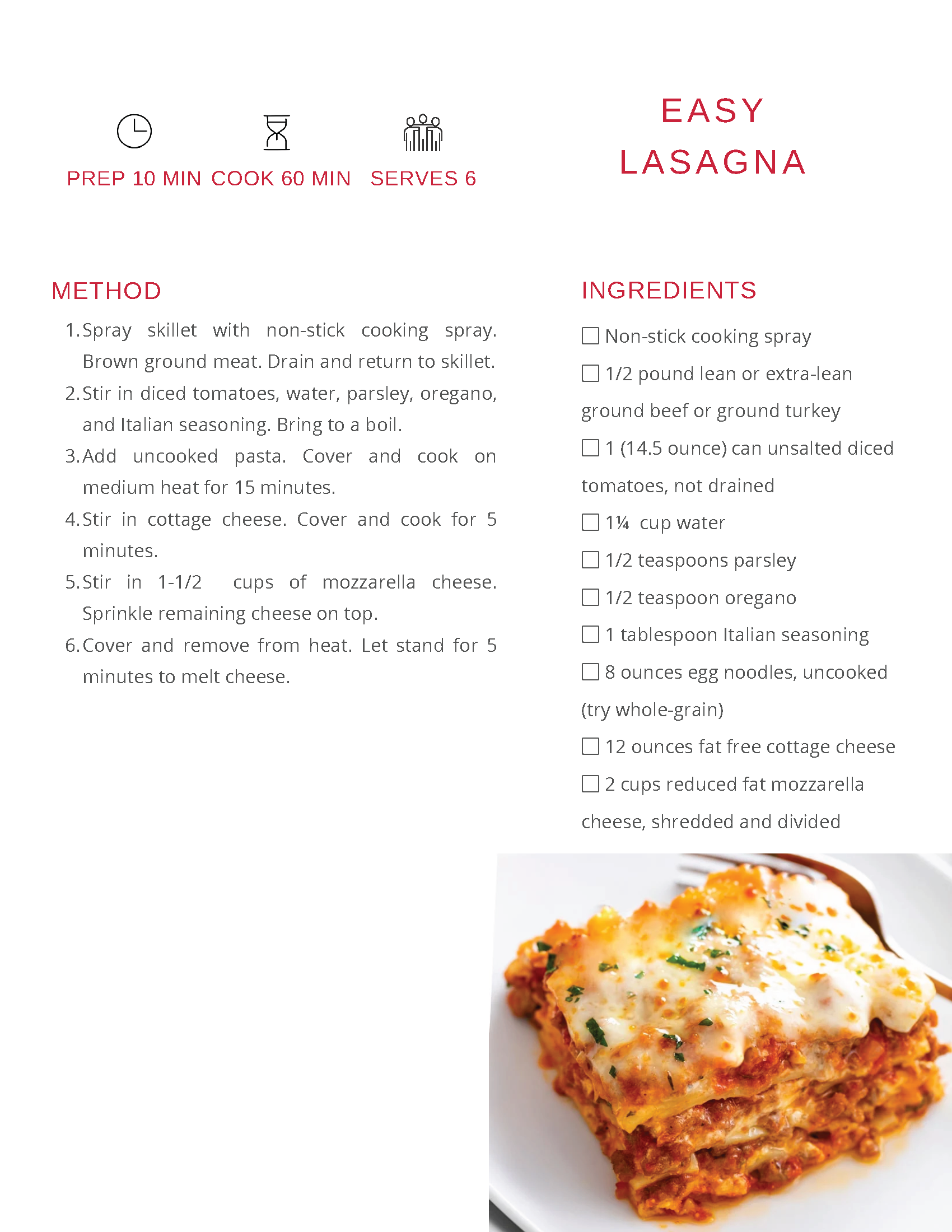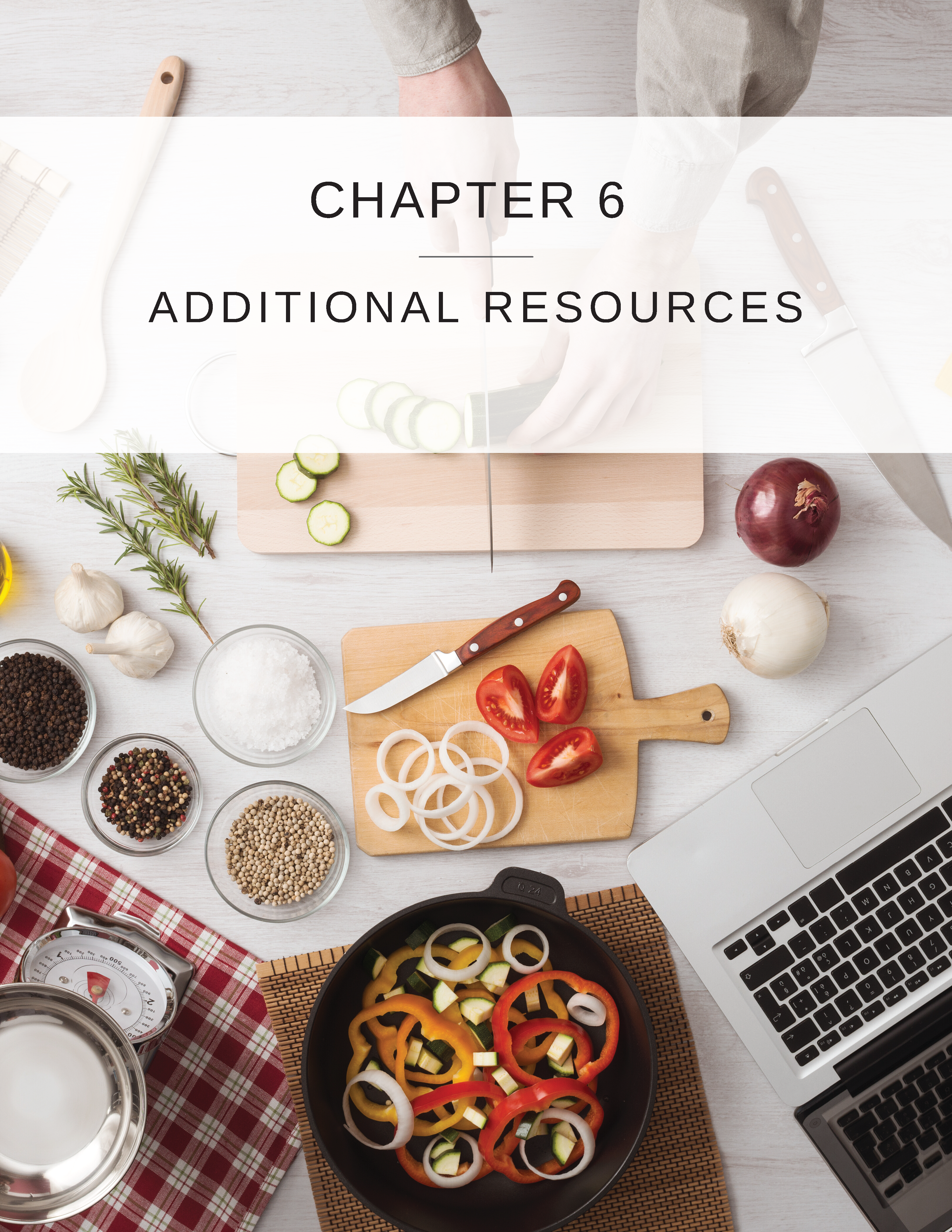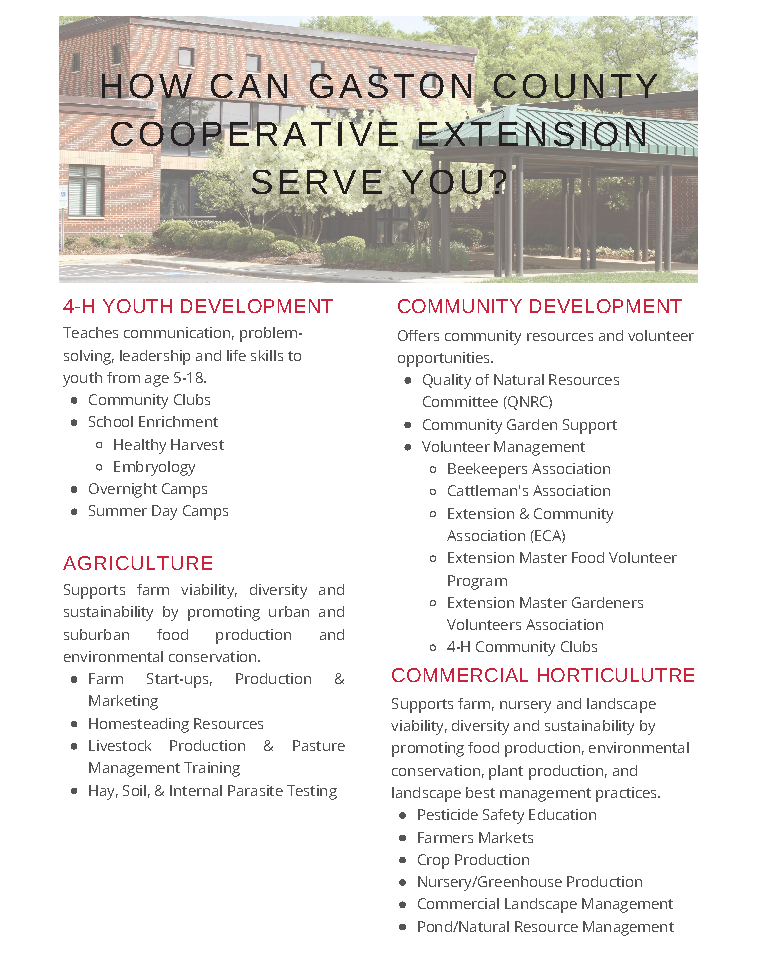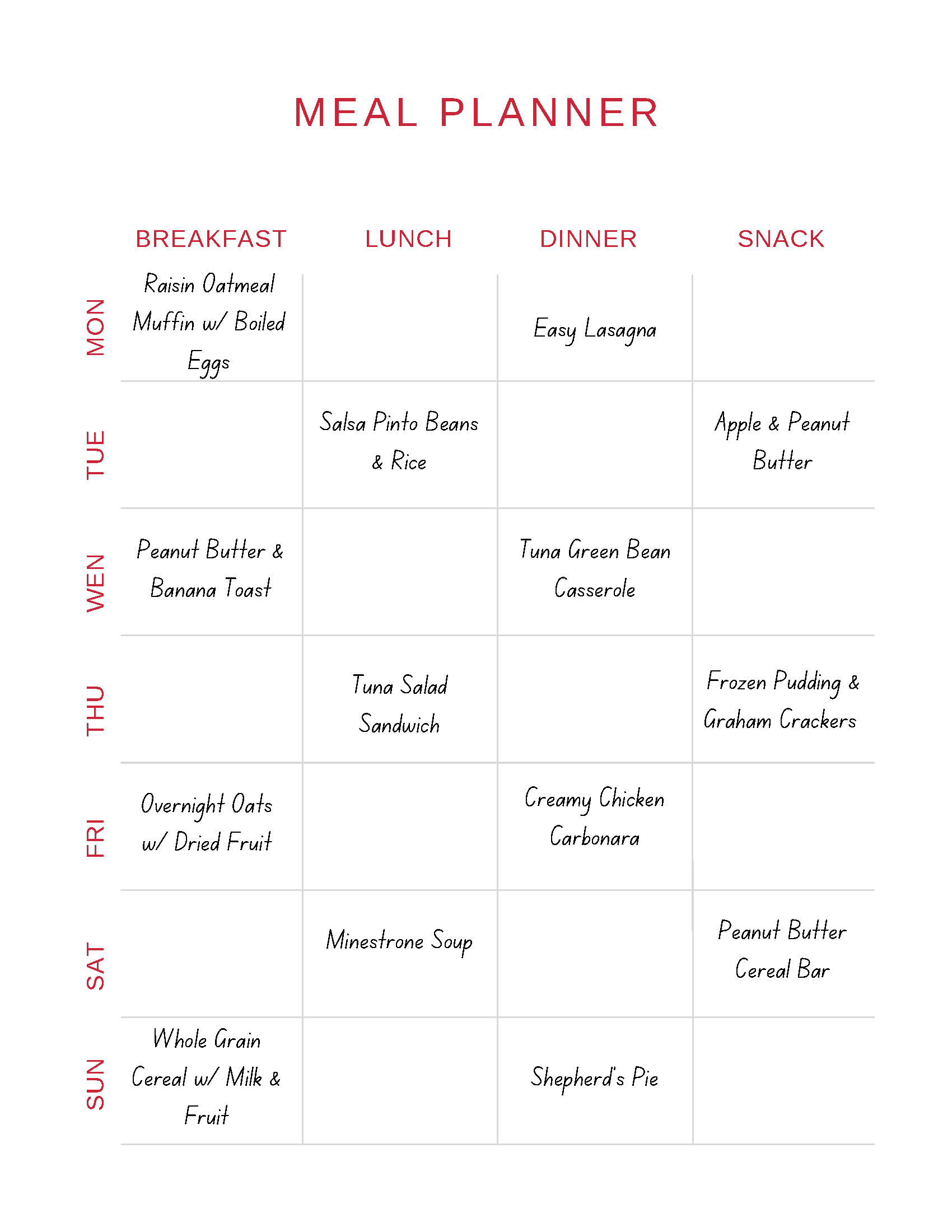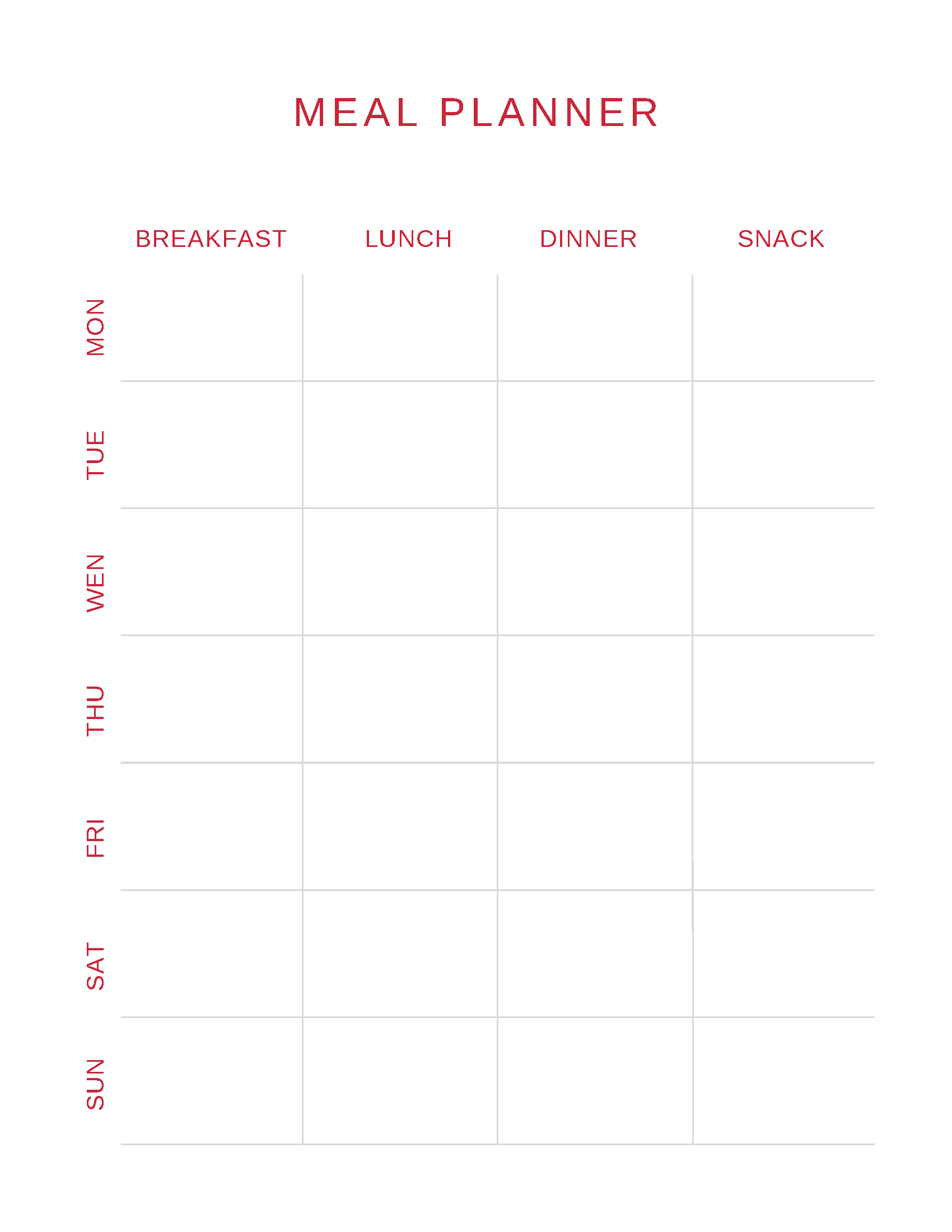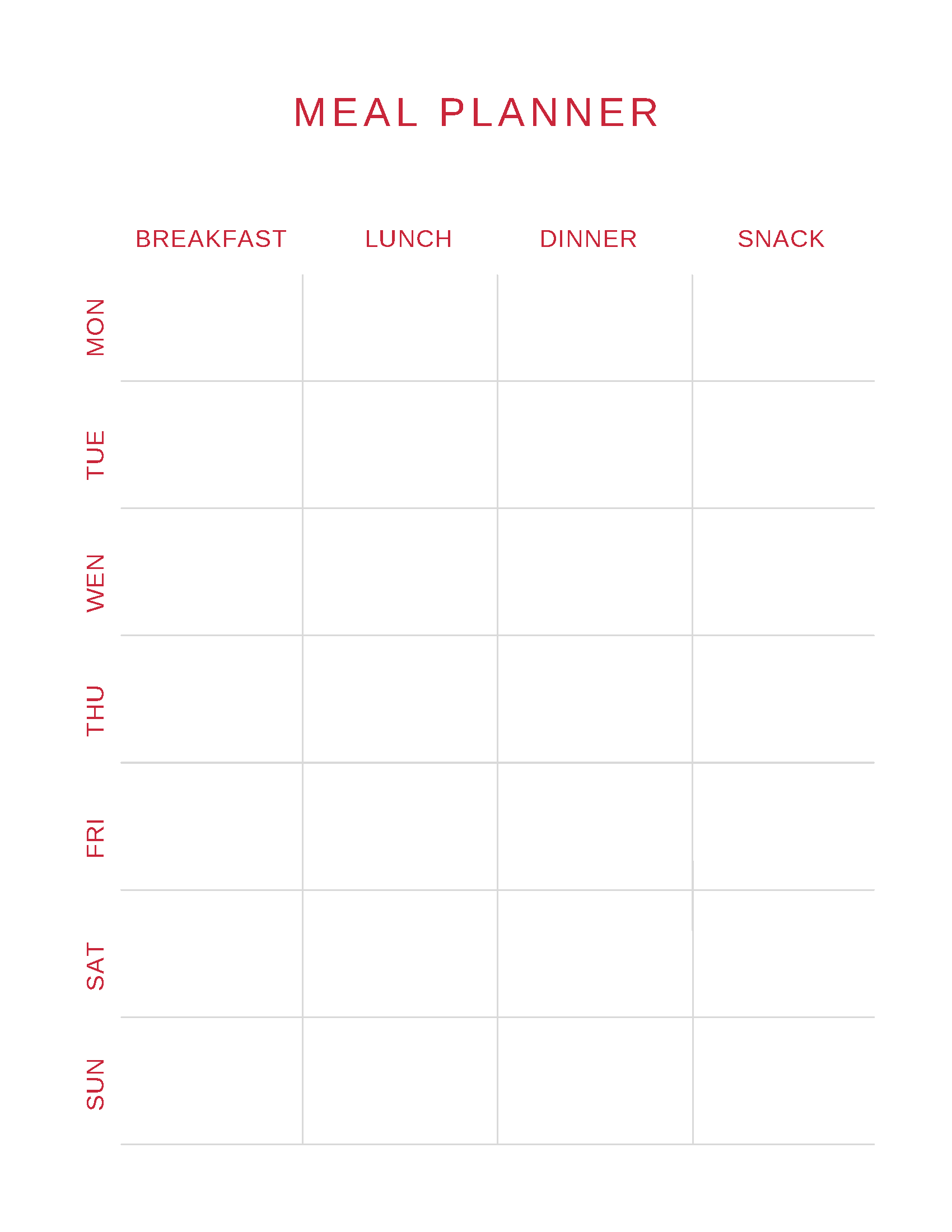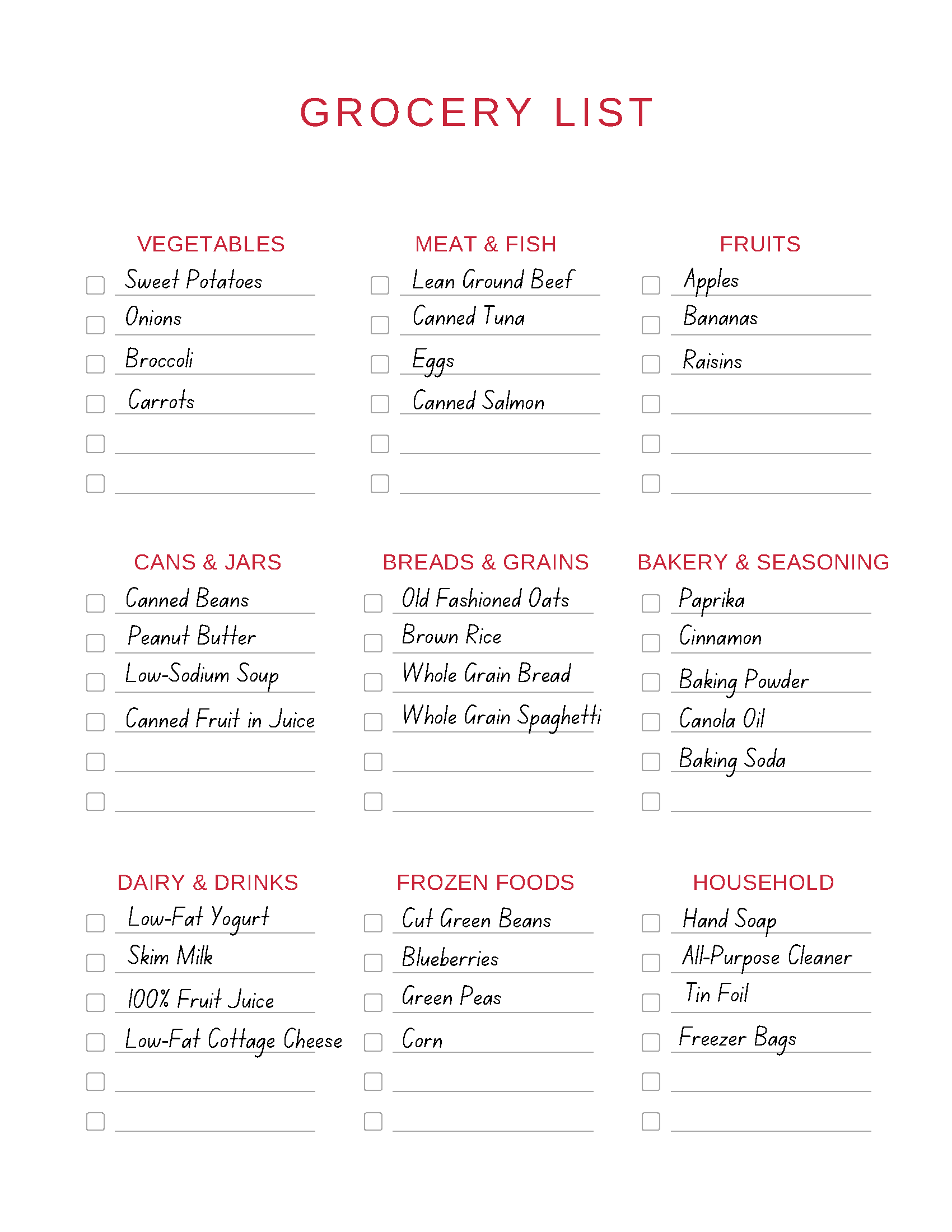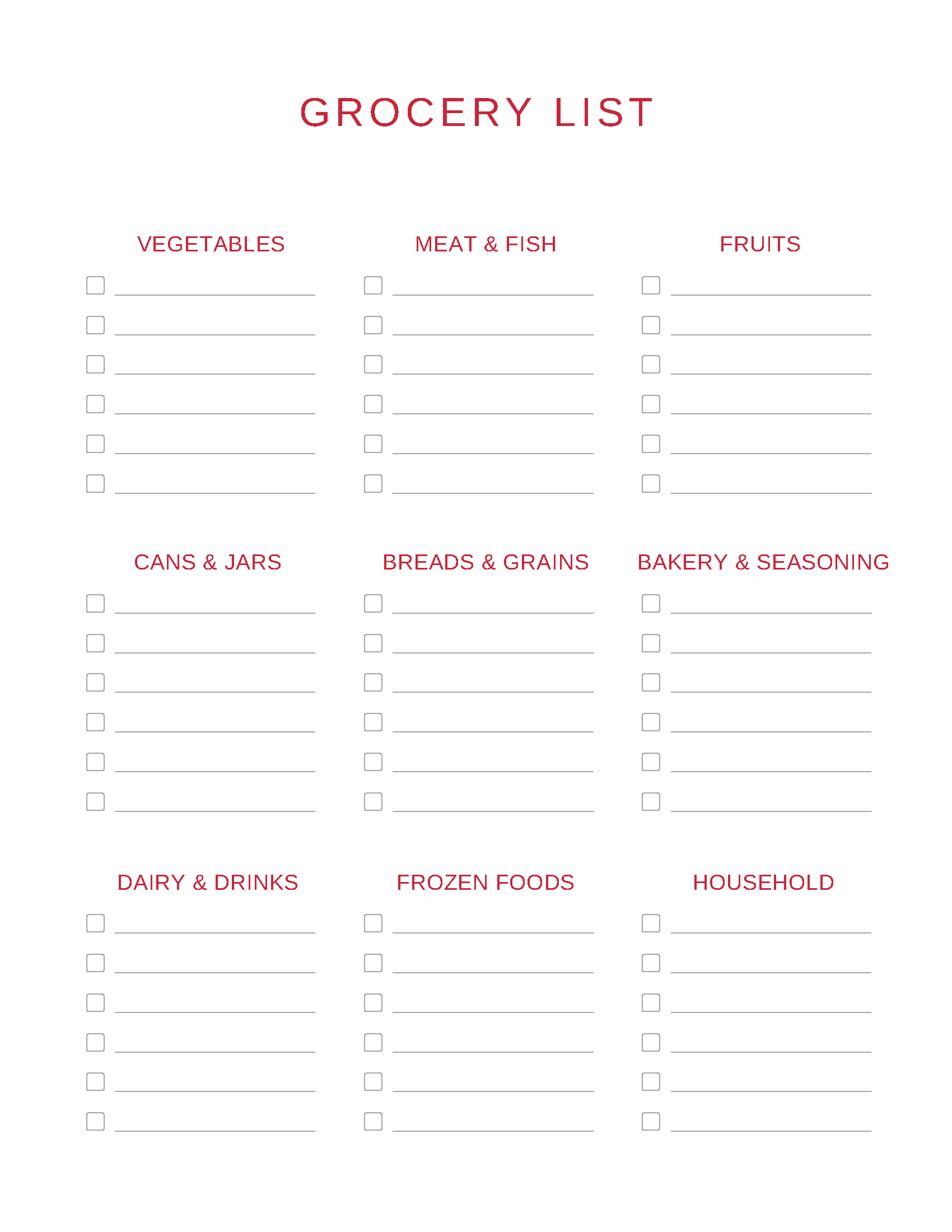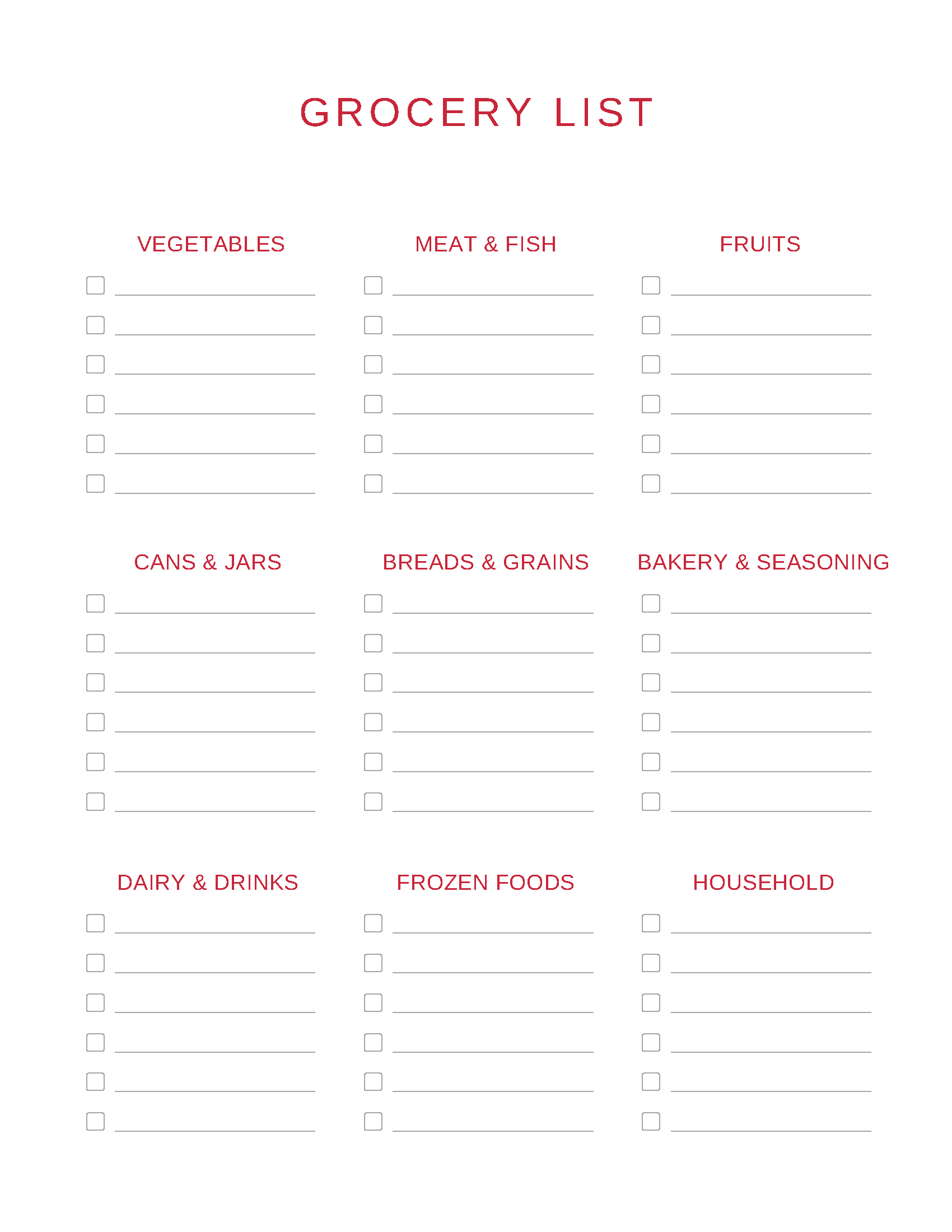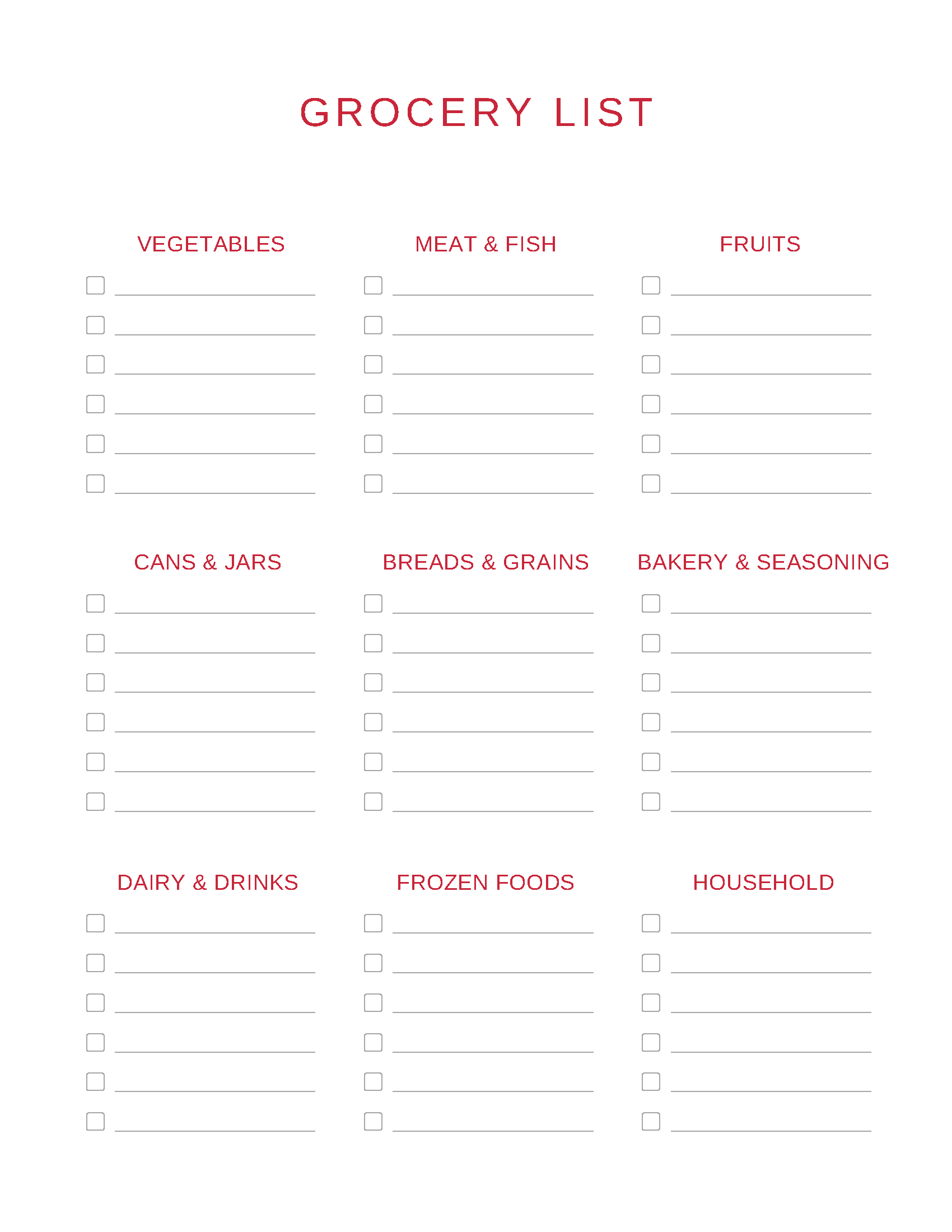Blueberries for Health

Blueberries have many vitamins and minerals that help lower blood pressure, manage diabetes, protect against heart disease, and prevent cancer. They are a good source of vitamin C and vitamin K. Vitamin C boosts your immune system, while vitamin K helps your blood clot properly. These little berries are low in calories but high in nutrients.
Blueberries are one the top antioxidant foods. Antioxidants can prevent or delay some types of cell damage, which could lead to heart disease, cancer, and other diseases. They help to protect healthy cells in the body.
Tips When Eating Blueberries:
- You will get the most health benefits from eating fresh, uncooked berries. Heat can impact the antioxidant content, so raw blueberries are the best way to eat this fruit.
- Remember to rinse and wash the berries before eating to remove any debris or residue that may be on the surface.
- If stored properly, blueberries can last up to 2 weeks in the refrigerator. For peak flavor and texture, eat them within a week.
- Blueberries can last up to 10 months in the freezer.
How to Add Blueberries to Your Diet:
- Use blueberries as a topping on oatmeal, yogurt, or cereal. This is a quick and easy way to eat a serving of fruit and boost your fiber intake in the morning.
- Add into a smoothie or smoothie bowl for a cooling mid-day summer snack.
- Mix fresh or dried blueberries into a salad for a little sweetness.
- Make ice cubes with blueberries or add frozen blueberries to your water. To mix up how you drink water, adding frozen berries can create new flavors to your water to help you stay hydrated.
Sources: USDA
Written by: Lauren Hinze, EFNEP Student Intern
Southwest Bowl
Spice up your meal plan this week with our Southwest Bowl recipe!
Makes 1 serving
Ingredients
- 2 handfuls brown rice
- 2 handfuls of fruits and vegetables. Mix and match from the following:
- Lettuce, corn, avocado, tomato or other of choice
- Handful of cooked lean ground beef
- Small handful of Shredded Cheese, Salsa, and or Greek Yogurt
Directions
- Cook brown rice according to package directions.
- Cook lean ground beef to 158˚F.
- Add the cooked rice to a bowl.
- Add your choice of fruits and vegetables to the bowl.
- Top the bowl with your choice of cheese, salsa, and or yogurt.
National Banana Day

Bananas are high in many vitamins and minerals, including potassium, vitamin B6, fiber, magnesium, and vitamin C. This fruit is an excellent source of potassium which is a mineral and electrolyte that helps to maintain a healthy balance of water and offset the effects of excess salt intake. Bananas are also easy to digest and can improve your overall digestive health.
How to Store Your Bananas
- Store at room temperature away from direct sunlight.
- Do not refrigerate green bananas as this can disrupt normal ripening.
- To speed up ripening, store in a brown paper bag or place bananas near ripe fruit. On the other hand, if you want to slow ripening, store bananas away from other ripe fruits.
- Do not store in plastic bags as this traps excess moisture and promotes rotting.
- If a banana has ripened to a brown color, remove the peel and chop or mash the fruit to include in baked goods or freeze to be added into smoothies.
How to Add Bananas to Your Diet
- Add a sliced banana to a fruit salad.
- Swap an equal amount of mashed banana for butter in baked goods like muffins, quick breads, or cookies.
- For a frozen treat, slice a peeled banana in half and turn the fruit into a popsicle. Dip the banana into yogurt and sprinkle with nuts, chopped dried fruit, or other toppings. Freeze for a few hours.
- Add a banana or frozen banana into your smoothie.
Written by: Lauren Hinze, EFNEP Student Intern
https://www.hsph.harvard.edu/nutritionsource/food-features/bananas/
Working With Common Ground Food Pantry
Alyssa Smock, EFNEP educator, and Linda Minges, FCS agent of Gaston County, partnered together to provide healthy recipes and tasting samples to the clients of Common Ground Food Pantry at First United Methodist Church of Stanley. With the help of countless volunteers including ECA members, Extension Master Food Volunteers, and dietetic interns, they were able to create this wonderful cookbook utilizing common foods distributed by the food pantry. Take a look to get some new recipe ideas and healthy eating tips!
Vitamin C
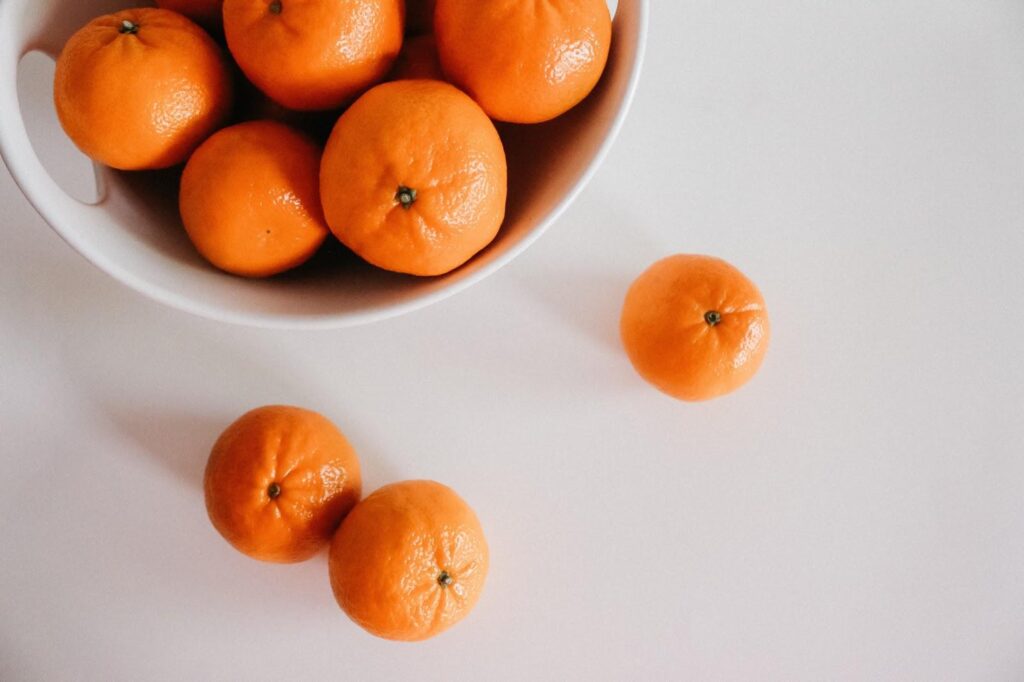
Vitamin C is a nutrient that can help our bodies to make collagen, protect our cells, and support our immune system. It also helps to keep our brain and nervous system healthy. Another benefit of this antioxidant is that it supports our body’s healing process.
Because our bodies cannot make Vitamin C, we need to get it from our food. Fruits and vegetables are the best sources for this vitamin. If you do not eat enough fruits and vegetables it could put you at risk for a vitamin C deficiency. Eating a variety of servings of fruits and vegetables each day can help you get enough vitamin C.
Food Sources of Vitamin C
- Fruit Sources: Citrus fruits (kiwi, lemon, oranges, grapefruit), strawberries, tomatoes, cantaloupe
- Vegetable Sources: White potatoes, bell peppers, cabbage, broccoli, spinach, cauliflower, brussel sprouts
Importance of Vitamin C
- Vitamin C can help prevent or treat health conditions like heart disease.
- Evidence suggests that eating more fruits and vegetables can lower the risk of most types of cancer because of their high vitamin C content.
- When you have enough vitamin C in your diet it could decrease the length and reduce the symptoms of the common cold.
- Vitamin C also helps your body to process other nutrients like iron from plant-based foods.
Written by: Lauren Hinze, EFNEP Student Intern
https://ods.od.nih.gov/factsheets/VitaminC-HealthProfessional/
